 Abraham Lincoln
If given the truth, the people can be depended upon to meet any national crisis...
Abraham Lincoln
If given the truth, the people can be depended upon to meet any national crisis...
 Guildford news...
for Guildford people, brought to you by Guildford reporters - Guildford's own news service
Guildford news...
for Guildford people, brought to you by Guildford reporters - Guildford's own news service
Birdwatcher’s Diary No.301
Published on: 2 Apr, 2024
Updated on: 1 Apr, 2024
By Malcolm Fincham
The weather settled briefly as we moved into the latter weeks of March.
On my visit to the Riverside Nature Reserve near Burpham on March 18 I heard my first blackcap of the year in song. Although achieving a photo of it proved troublesome as it flitted about in a thicket of hawthorn close by the sewage works.
A few remnants of winter visiting birds still remained, although most had now vacated the area.
Just one drake teal could still be viewed in the wetland area by the boardwalk.
And a handful of tufted ducks on Stoke Lake.
Although three pairs of shoveler ducks could still be counted on the flooded scrape near Stoke Lock.
Now in spring plumage, a little grebe could be heard calling as flapped across the scrape, treading the water.
Spring equinox fell on March 20 this year. And on my return to the reserve, temperatures rose to the ‘dizzy’ heights of 18c in Surrey for the first time this year.
Intermittent spells of sunshine brought a long-awaited warmth to one’s bones. Although the preceding winter hadn’t been, on the whole, a cold one, it was the first day this year I was comfortable in a short-sleeved jacket! And with a spring in my step some optimism fell in my thoughts for the weeks to come.
Lesser celandine flowers, although having seen them in previous days, were beginning to decorate roadside verges as well as along the towpath of the River Wey. Suddenly they seemed to have become more vibrant as they opened their petals to the warm sunlight, adding another yellow theme to the various wild spring flowers already in bloom and attracting bees and insects alike to their nectar.
Having already seen a few brimstone butterflies in flight in recent weeks, for the first time this year I was able to photo one that had settled one one such flower.
As a bonus, and not far from where I had seen the brimstone, a small tortoiseshell butterfly could also be viewed.
My concerns had grown about their future welfare in Surrey, having only seen two throughout 2023 during my daily walks. I was therefore even more pleased to be able to equal last year’s tally by seeing a second later that day!
A few peacock butterflies could also be seen out out on the wing.
Even adding a comma butterfly to my new sightings for this year, just a few days later.
As well as getting a photo of one of several hoverflies I had seen in recent days. This one I believe to be a greater bee fly.
Another observation while walking the reserve were lady’s smock flowers coming into bloom about the wetland areas beside the boardwalk. These being a food plant for the orange tip butterflies, hopefully soon to emerge.
Wrens have become the most abundant of UK’s birds in recent years, with numerous one now singing about the reserve.
While a few greenfinches could be seen and heard making their wheezing sounds.
Once a rarity in the UK, Cetti’s warblers have increased in number throughout the southern counties, with at least five now heard calling during recent visits about the riverside area.
Although very skulky in their nature, they certainly make up for it in their vocal calls.
Most regularly heard there during the latter parts of March, as well as most other places I visited locally, were the sounds of chiffchaffs. Also noting some already pairing up.
At Stoke Lake a pair of common buzzards could be viewed flying over the water.
A great crested grebe was now looking resplendent in its full summer plumage.
While later in the day it could be observed with its partner in equally delightful plumage, doing their spring mating dance ritual on the far side of the lake.
In the field to the southern end of the lake a pair of stonechats continued to reside.
While the resident kestrel continued to hunt over the grassland.
Red kites remain a common sight about the riverside, as well as most other local areas I visited. Mostly seen on the side of the river close to the recycling centre at Slyfield.
While also by the recycling centre as many as 500 or more jackdaws gathered while on my visit late one afternoon.
A few rooks and crows also could be viewed within the congregation.
As well as various species of gulls, many of which were also visiting Stoke Lake for a wash and brush-up before heading to roost.
On the far bank of the River Wey I was able to photo of a grey heron as it took flight.
As well as a cormorant in breeding plumage, fishing along the river.
By the final week of the month the weather had again taken a tumble, with low pressure systems again rolling in across southern counties of the UK. Daytime temperatures barely rising into double figures centigrade and bringing more rainfall to the already saturated ground. This leaving me with limited opportunities in the way of dry spells to get out and about with my camera equipment.
On a wet and overcast start to March 22, however, I was alerted that a ring ouzel had been seen in Jacobs Well.
They spend the winter in Spain and north-west Africa, this one possibly stopping off due to the inclement conditions on its journey to its more northerly breeding grounds.
It had first been found by a fellow birdwatcher’s wife who had taken a photo of it on her mobile phone as she saw it feeding in the horse paddock by the village hall.
Later attempts of re-finding it were proving negative, as her husband Martin Kettell, and another fellow birdwatcher ‘Weevie’ (Steve Simnett) extensively searched the surrounding areas. Eventually they found it! It was once again feeding on worms back in the original paddock where it had first been seen.
By the time I arrived the rain and drizzle had cleared through, and although the bird was now more distant to view than earlier that morning, it was still showing well. Also attracting another dozen or more birdwatchers to view it during my time there.
Slightly smaller than blackbirds, male ring ouzels are mostly black but have a white gorget-like crescent on their upper chest and silvery-white edging to the wings as well as some white body feathers, giving them a scaly look.
Females are similar, but the black is often more brownish, and the white parts duller.
Visiting Britten’s Pond, a slow build-up of geese had begun to arrive on the pond, as in previous years.
Canada geese had, as at this time in last year, begun to increase in their numbers with up to a dozen or so now out on the water.
While greylag geese had doubled, now with a count of four at the pond.
And a pair of Egyptian geese continued to visit.
The resident swans had become quite perturbed and threatened by all these new arrival. They were now spending much of there time and energy attempting to chase away the other birds.
A kingfisher continued to occasionally be viewed with reports of two seen in recent days by some of the anglers I spoke with.
A couple of siskins could still be seen feeding on the seed cones of the alders that overhung the pond.
Several tufted ducks spent the latter weeks of the month on the pond, with as many as three pairs seen on March 25.
Long-tailed tits continued to be observed nest-building, with one individual viewed collecting spider’s webs, using them to strengthen its nest construction.
The call of nuthatches attracted my attention for a few photos of these delightful critters, while walking around the pond.
On a visit to Whitmoor Common the ‘scratchy’ sound of a Dartford warbler alerted me to where it was perched up out on the heathland.
A small group of coal tits could also be observed feeding on seeds of opening cones in a pine tree.
While another group of a dozen or so linnets arrived to join them in their banquet.
A lone redpoll could be viewed in a nearby tree.
Looking out across the horse paddock that borders the common near Salt Box Road, a mistle thrush could be seen collecting worms.
Great spotted woodpeckers continued to be heard about the heathland. Following the sound of one led me to photograph it pecking on some dead wood high in a tree.
While taking in the peaceful surround of the churchyard at St Mary’s, Perry Hill, a roe deer ambled by unaware of my presence.
A raven also made its occasional appearance, perching in one of the tall pines on the perimeter of the churchyard.
The sound of a firecrest alerted my attention leading me to one of many holly bushes.
Also in the tall pine tree within the grounds, a goldcrest could be viewed.
And a red admiral butterfly also added itself to my day list.
On a return to the Riverside Nature Reserve on March 27 I added a few more photos to this month’s sightings.
At Stoke Lock a grey wagtail could now be regularly seen.
A treecreeper was also unable to escape the capture of my camera lens. I watched it feeding on insects in the crevices of the bark in the tree-tined area between the towpath and the boardwalk.
Since my previous visit a reed bunting had returned along the boardwalk.
While by the lakeside, among a small group of Canada geese near the picnic tables, a rare sighting for me there was a pair of mandarin ducks.
Winding up the month, another stormy night of weather passed through, blown in by a large low pressure system anchored in the Atlantic. A temporary pause in its activity countenanced a respite.
This allowing another brief spell of dry weather to visit to Unstead Sewage Farm, near Godalming on March 29, in the company of Bob and Dougal. There we saw our first true African summer visitors of the year. These being 10 swallows feeding over the reserve.
Also getting some slightly better pictures of one of two blackcaps now singing there.
Responses to Birdwatcher’s Diary No.301
Leave a Comment Cancel replyPlease see our comments policy. All comments are moderated and may take time to appear.
Recent Articles
- Guildford Institute’s Crowdfunding Project for Accessible Toilet in its New Community and Wellbeing Centre
- Letter: Guildford – Another Opportunity Missed?
- Letter: GBC’s Corporate Strategy – Where Is the Ambition?
- My Memories of John Mayall at a Ground-breaking Gig in Guildford Nearly Six Decades Ago
- Westborough HMO Plans ‘Losing the Heart of the Street’ Says Resident
- College Invests to Boost Surrey’s Economy and Close Digital Skills Gap
- Community Lottery Brings Big Wins for Local Charities
- GBC Housing Plan Promises ‘A Vibrant Urban Neighbourhood’ Near Town Centre
- Hospital Pillows ‘Shortage’ at the Royal Surrey
- Updated: Caravans Set Up Camp at Ash Manor School


Recent Comments
- Ian Macpherson on Updated: Main Guildford to Godalming Road Closed Until August 1
- Sara Tokunaga on GBC Housing Plan Promises ‘A Vibrant Urban Neighbourhood’ Near Town Centre
- Michael Courtnage on Daily Mail Online Reports Guildford Has Highest-paid Council Officer
- Alan Judge on GBC Housing Plan Promises ‘A Vibrant Urban Neighbourhood’ Near Town Centre
- John Perkins on GBC Housing Plan Promises ‘A Vibrant Urban Neighbourhood’ Near Town Centre
- S Collins on GBC Housing Plan Promises ‘A Vibrant Urban Neighbourhood’ Near Town Centre
Search in Site
Media Gallery
Dragon Interview: Local Artist Leaves Her Mark At One of England’s Most Historic Buildings
January 21, 2023 / No Comment / Read MoreDragon Interview: Lib Dem Planning Chair: ‘Current Policy Doesn’t Work for Local People’
January 19, 2023 / No Comment / Read MoreA3 Tunnel in Guildford ‘Necessary’ for New Homes, Says Guildford’s MP
January 10, 2023 / No Comment / Read More‘Madness’ for London Road Scheme to Go Ahead Against ‘Huge Opposition’, Says SCC Leader
January 6, 2023 / No Comment / Read MoreCouncillor’s Son Starts Campaign for More Consultation on North Street Plan
December 30, 2022 / No Comment / Read MoreCounty Council Climbs Down Over London Road Works – Further ‘Engagement’ Period Announced
December 14, 2022 / No Comment / Read MoreDragon Interview: GBC Reaction to the Government’s Expected Decision to Relax Housing Targets
December 7, 2022 / No Comment / Read MoreHow Can Our Town Centre Businesses Recover? Watch the Shop Front Debate
May 18, 2020 / No Comment / Read More



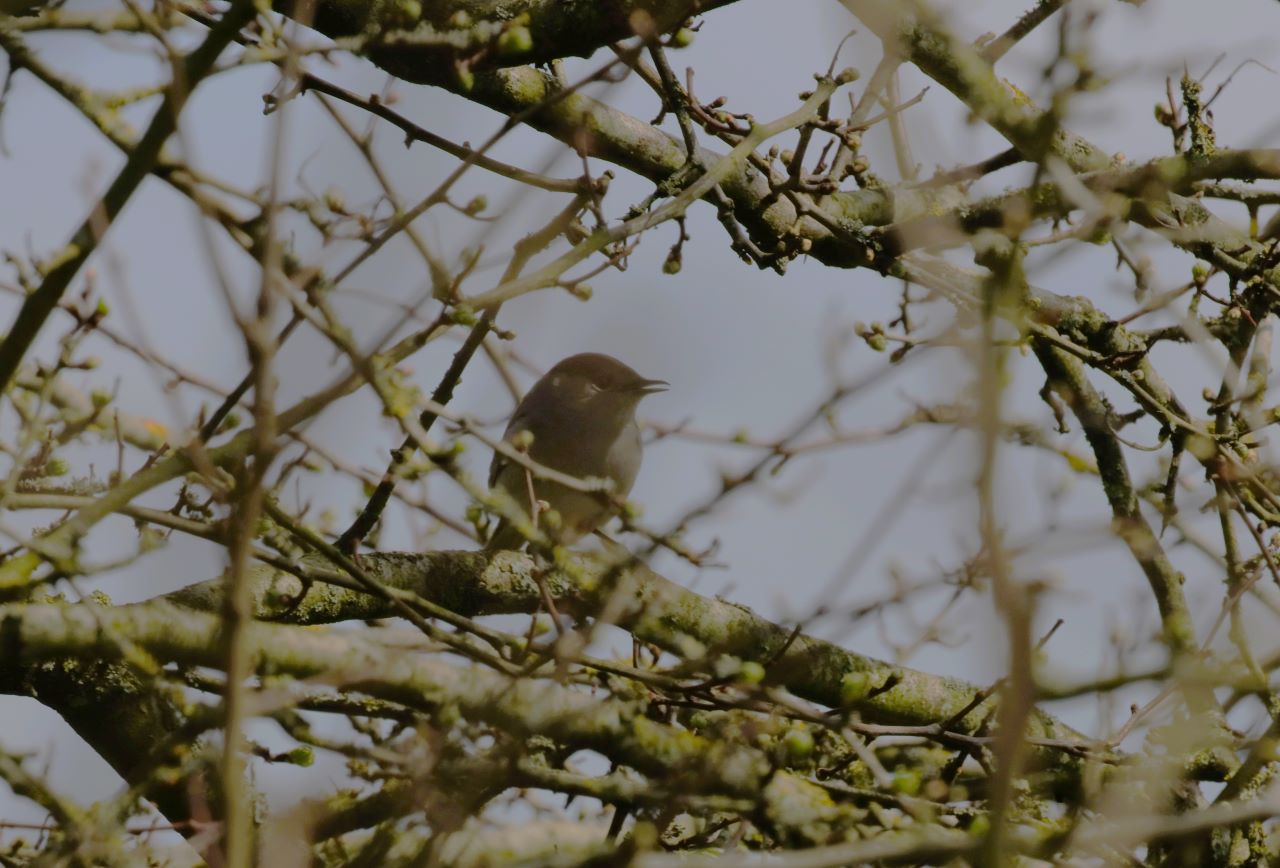
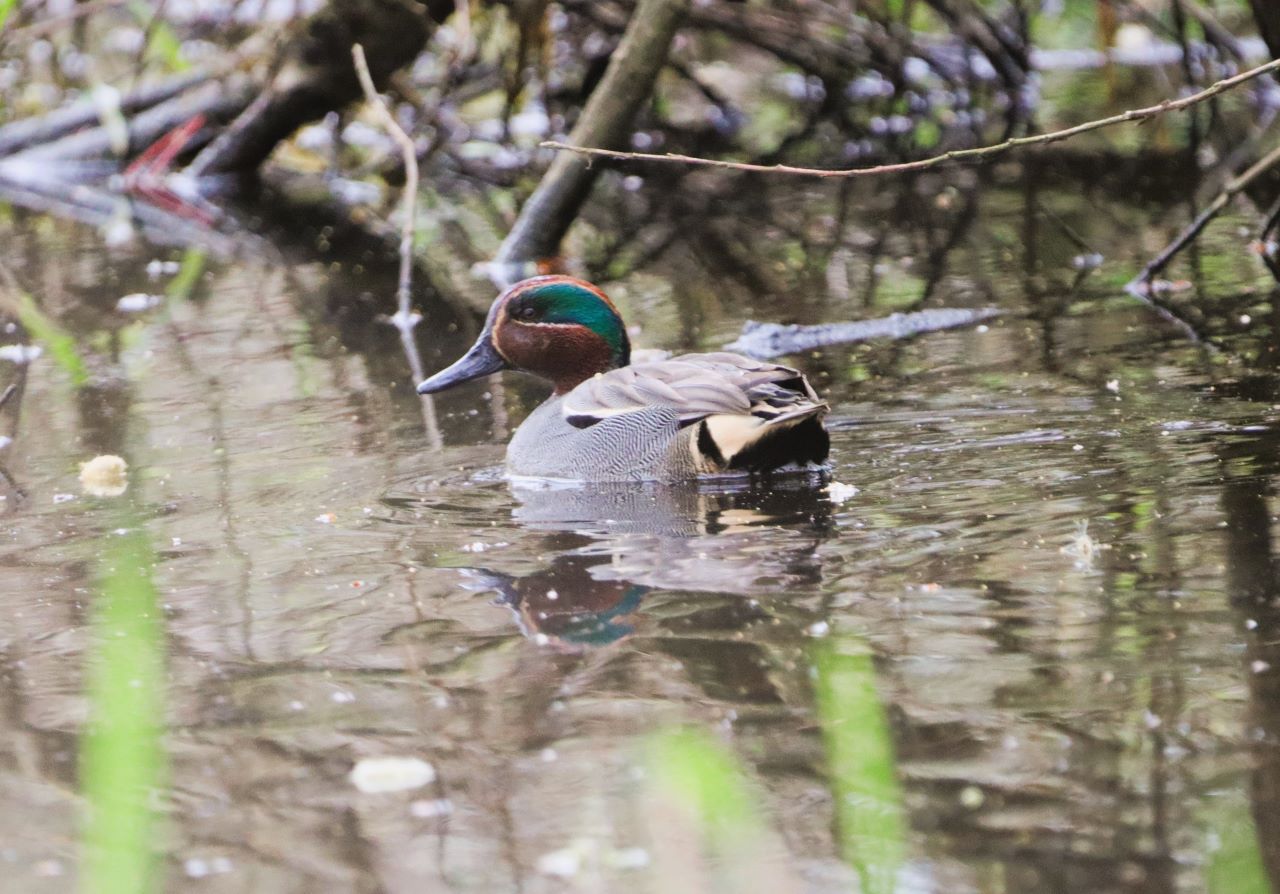
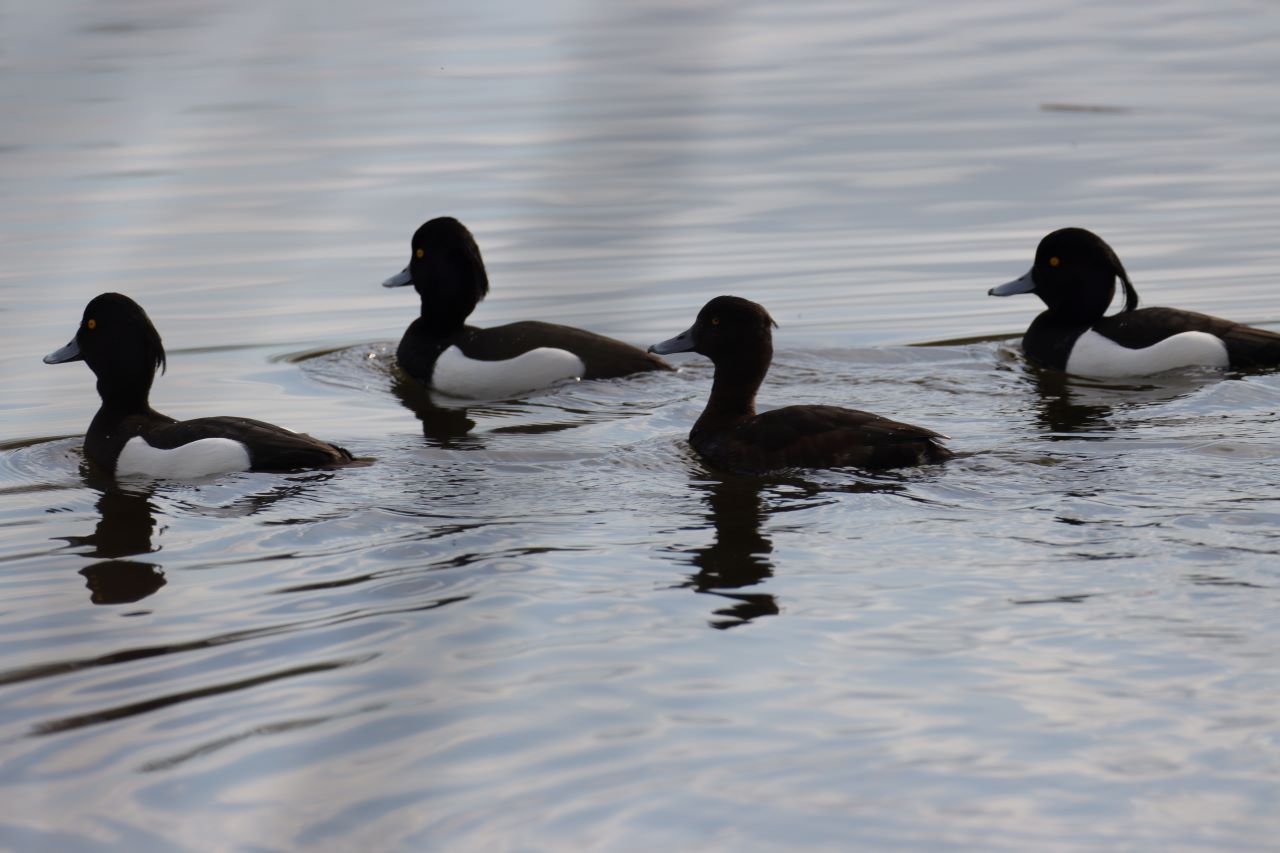
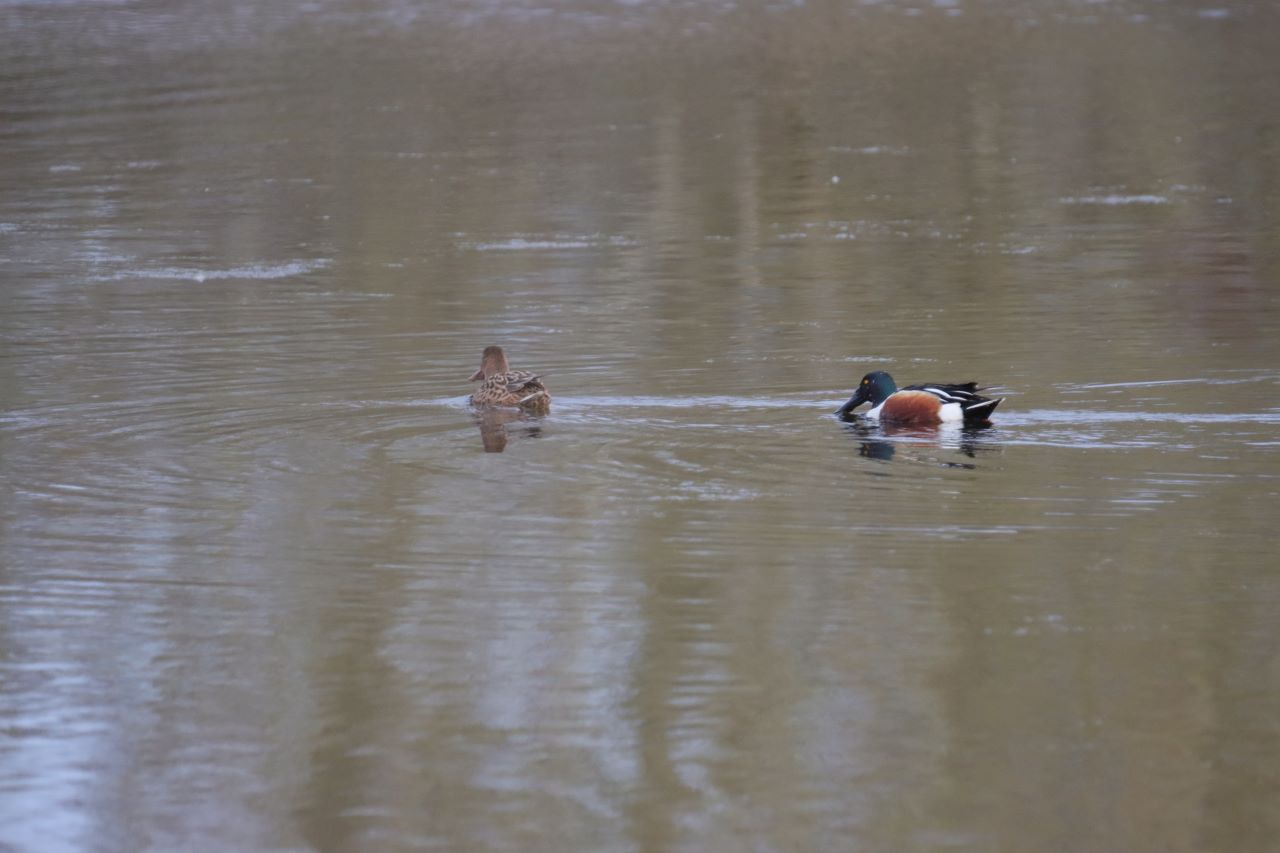

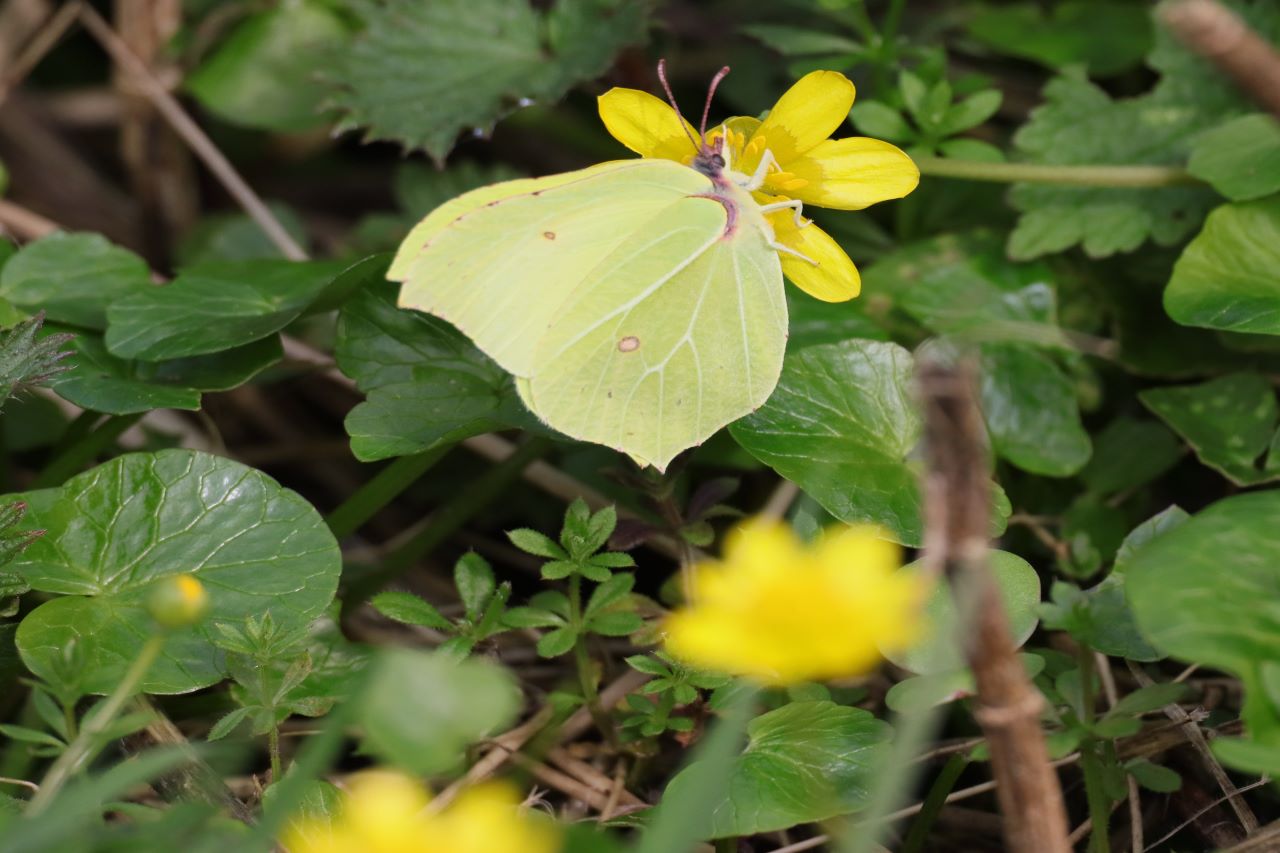
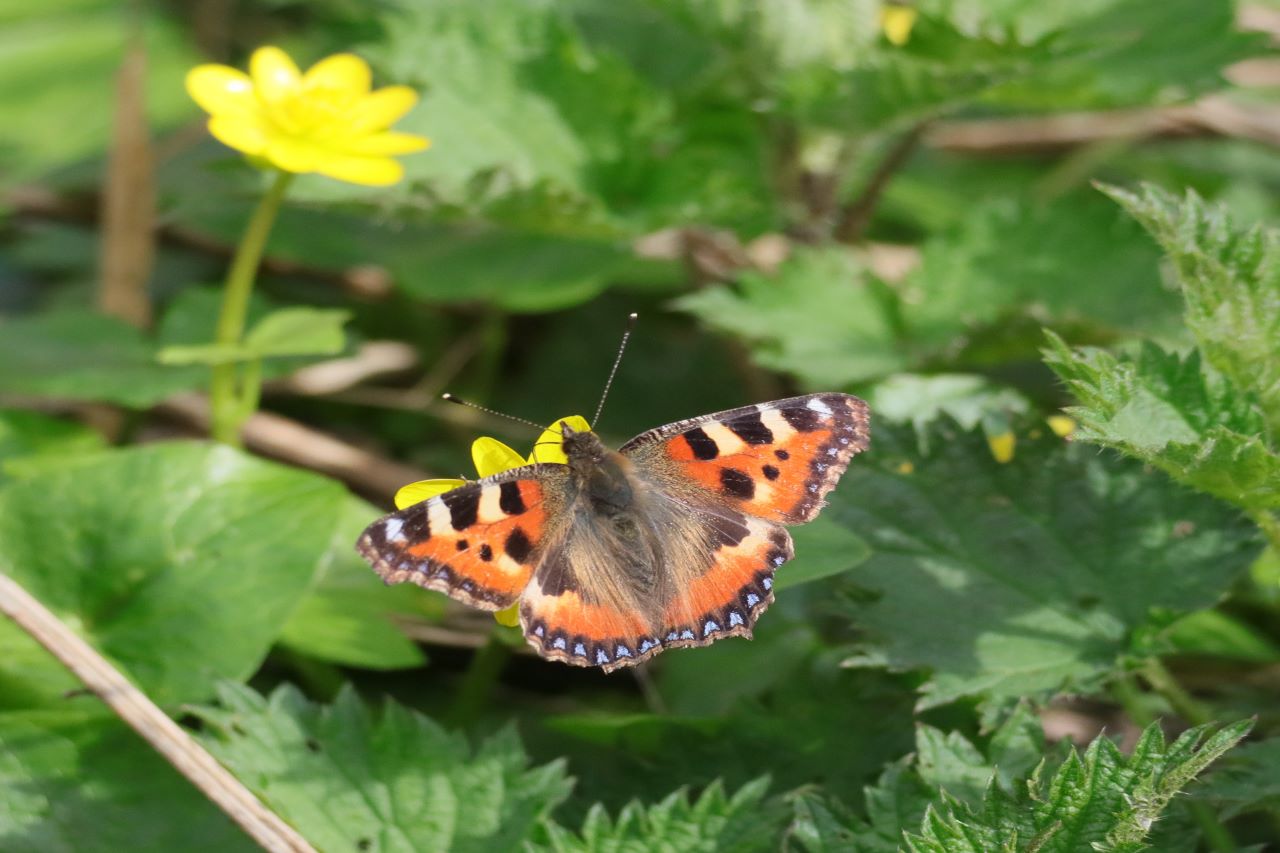

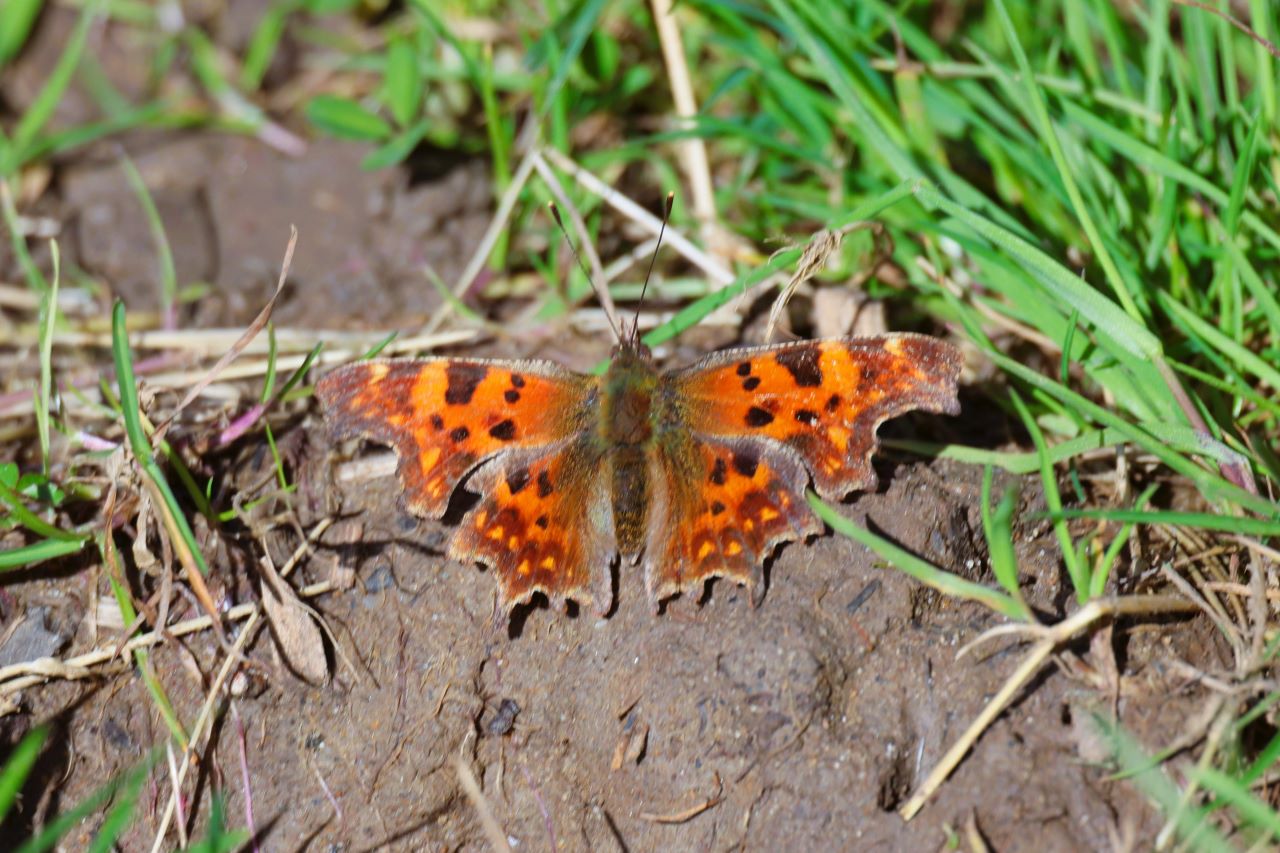
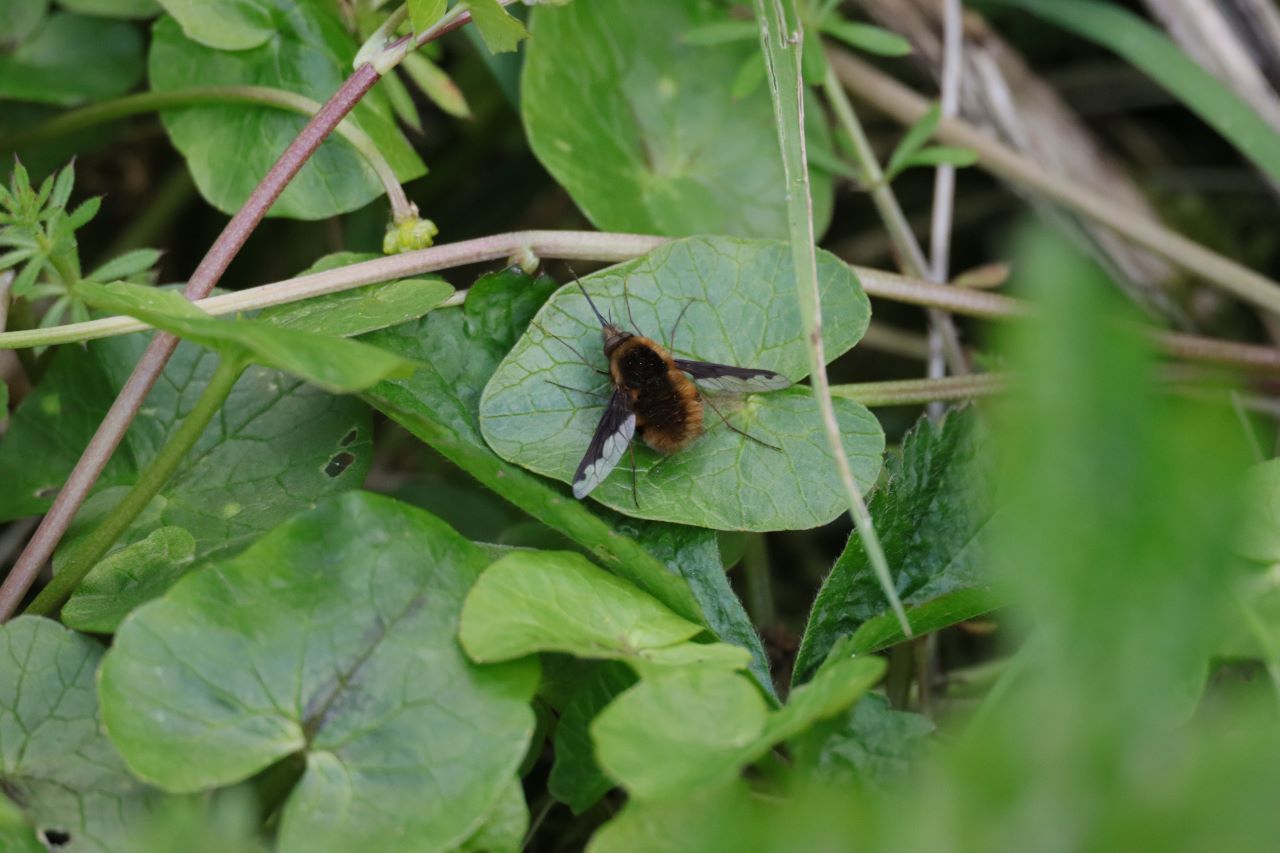

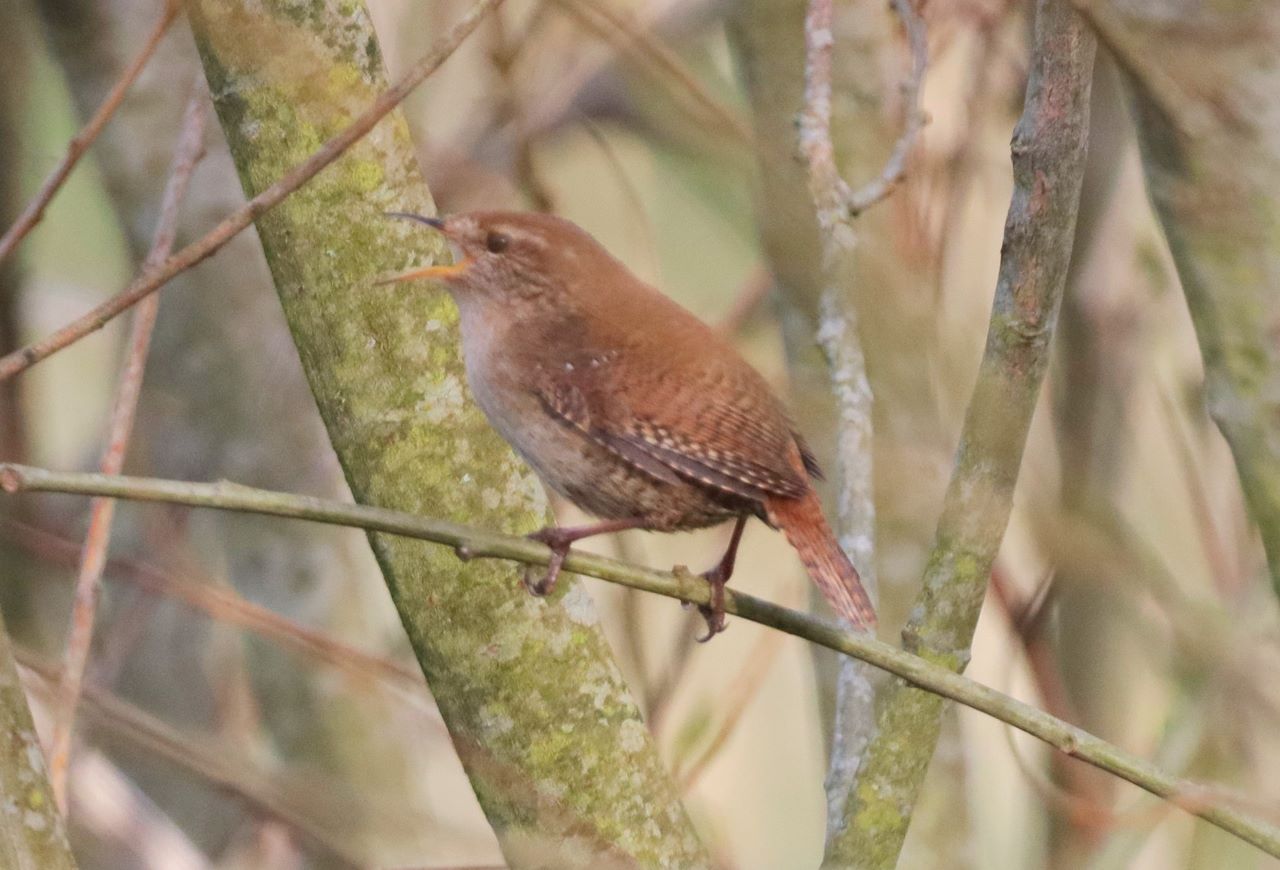
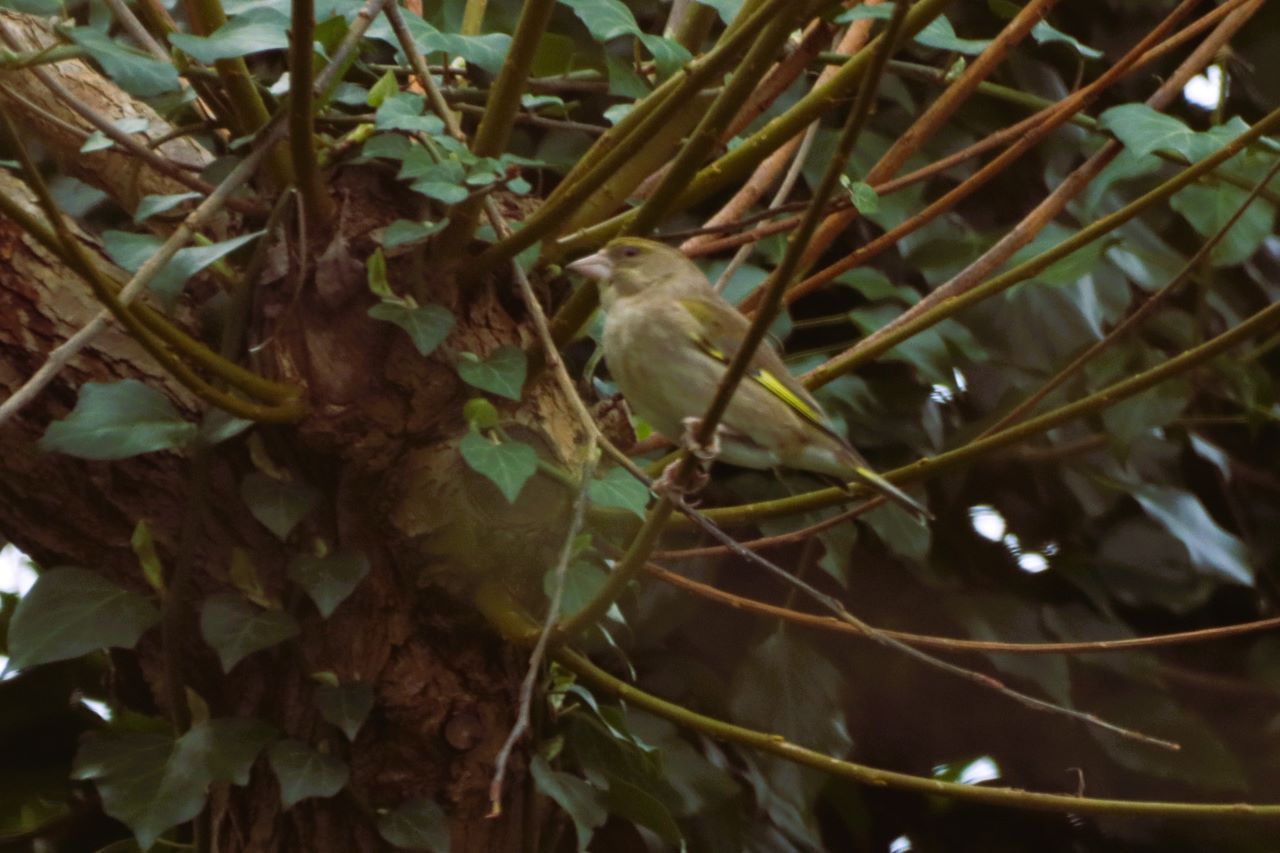

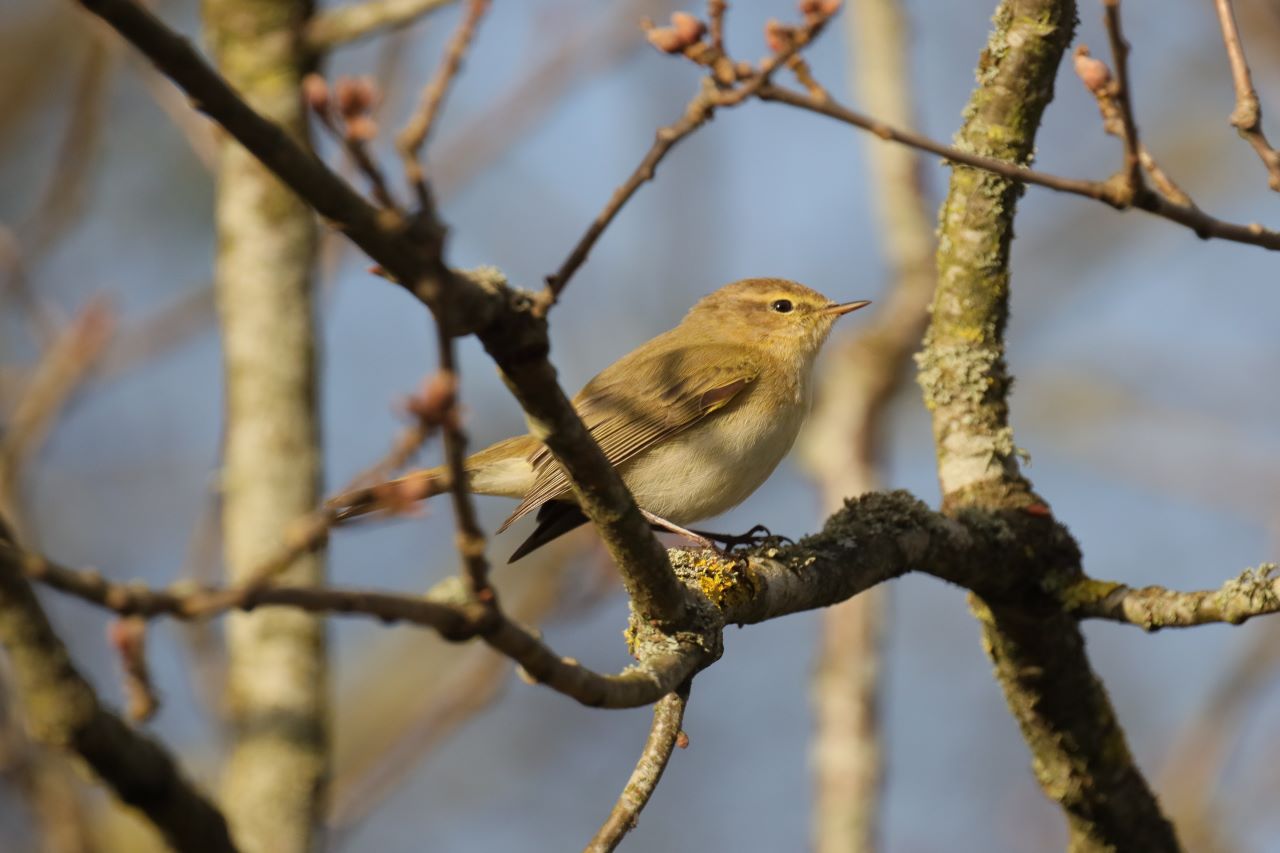
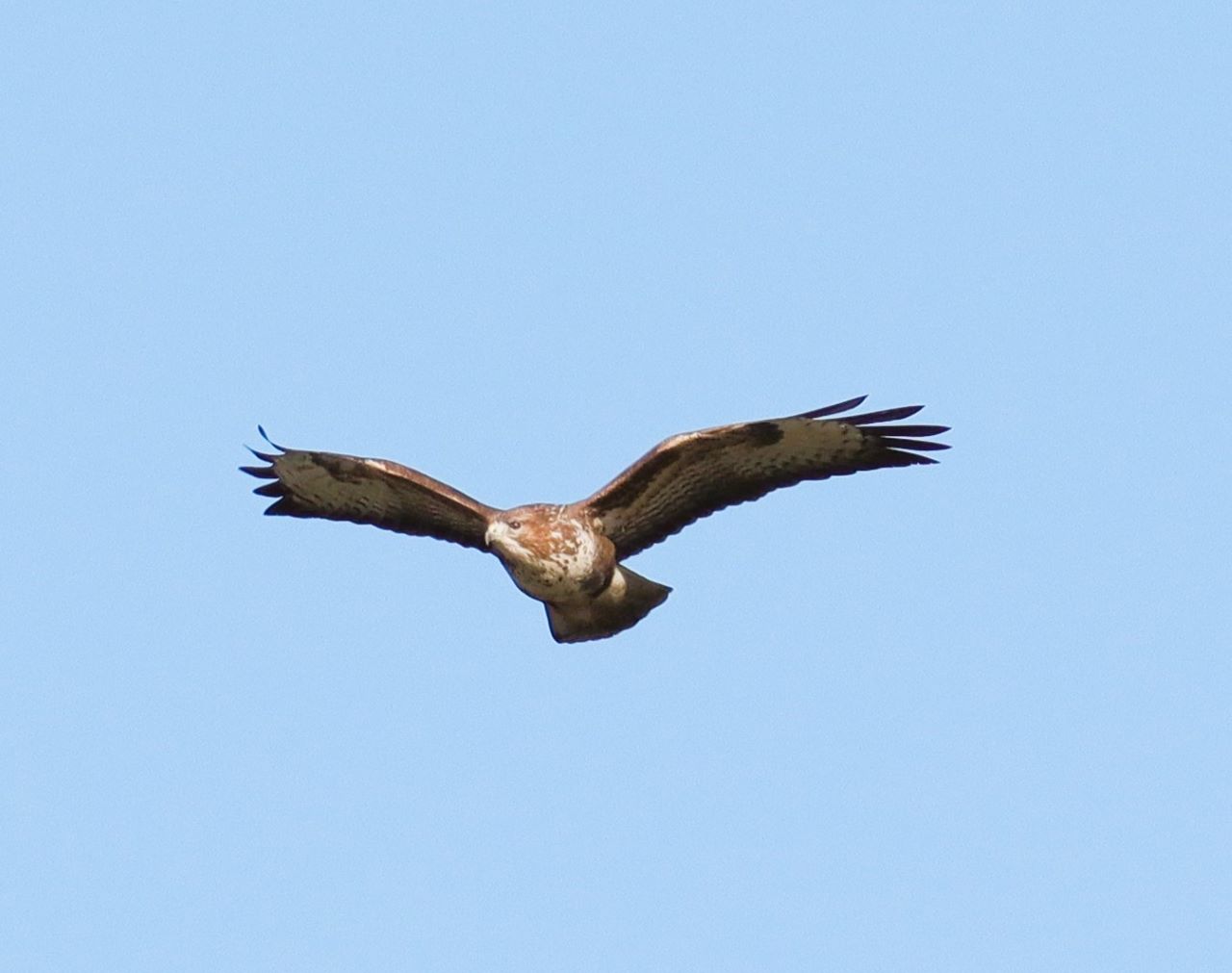
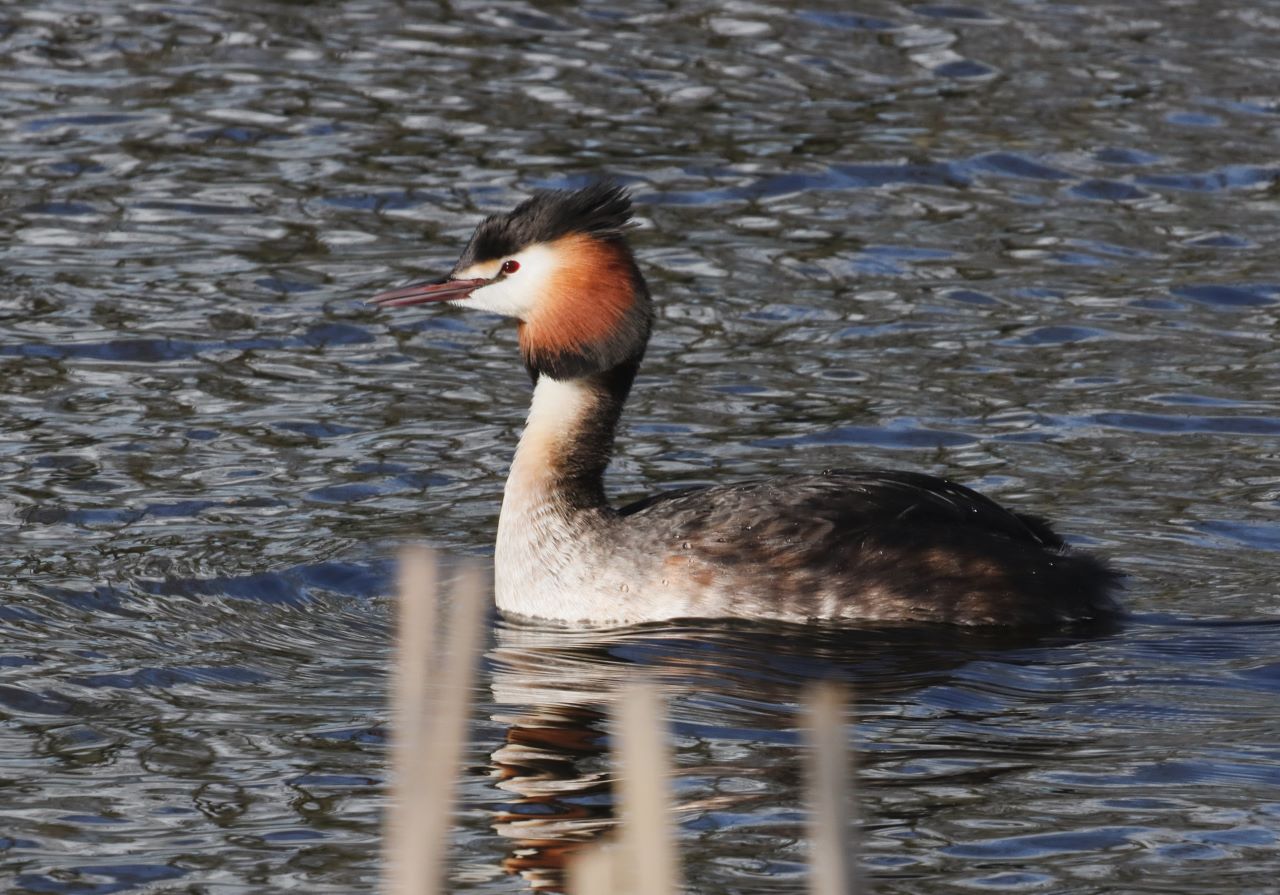

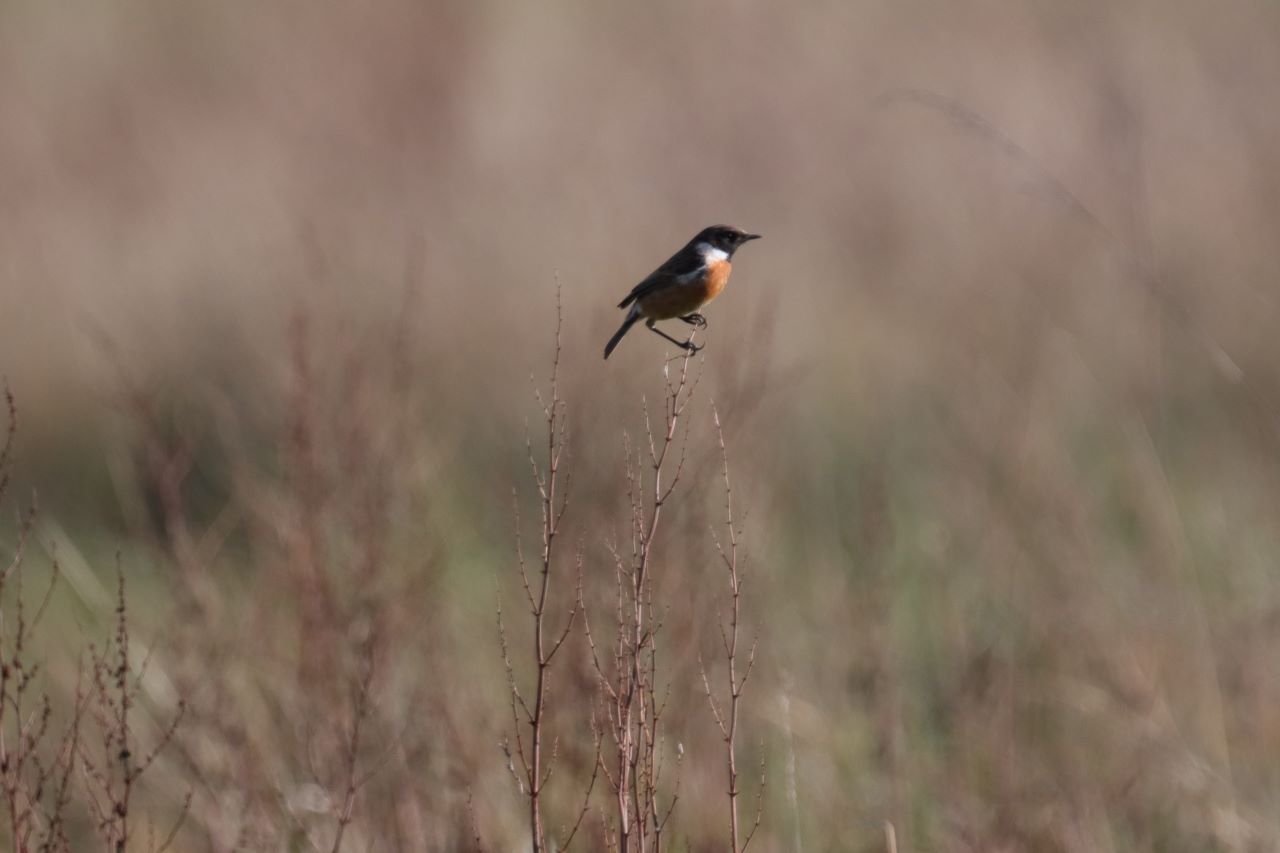
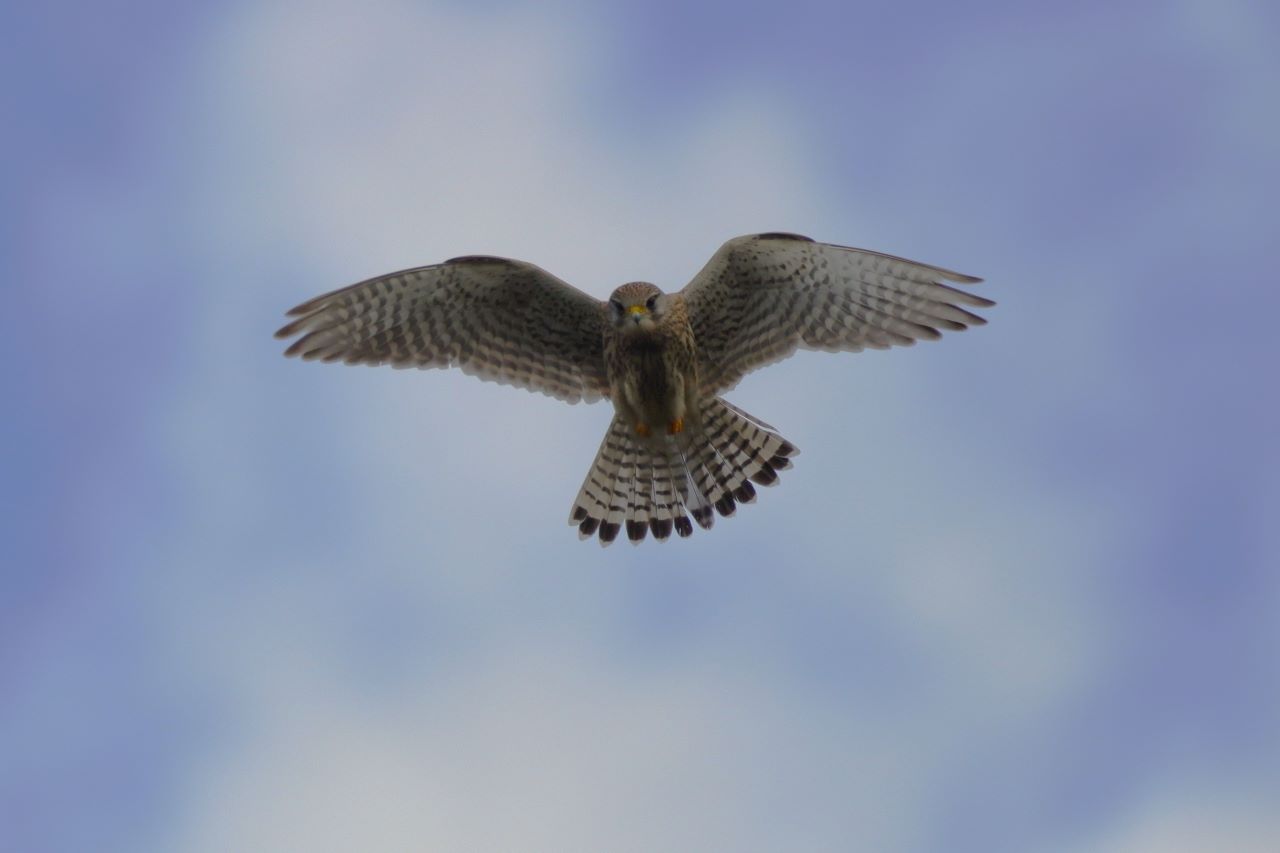
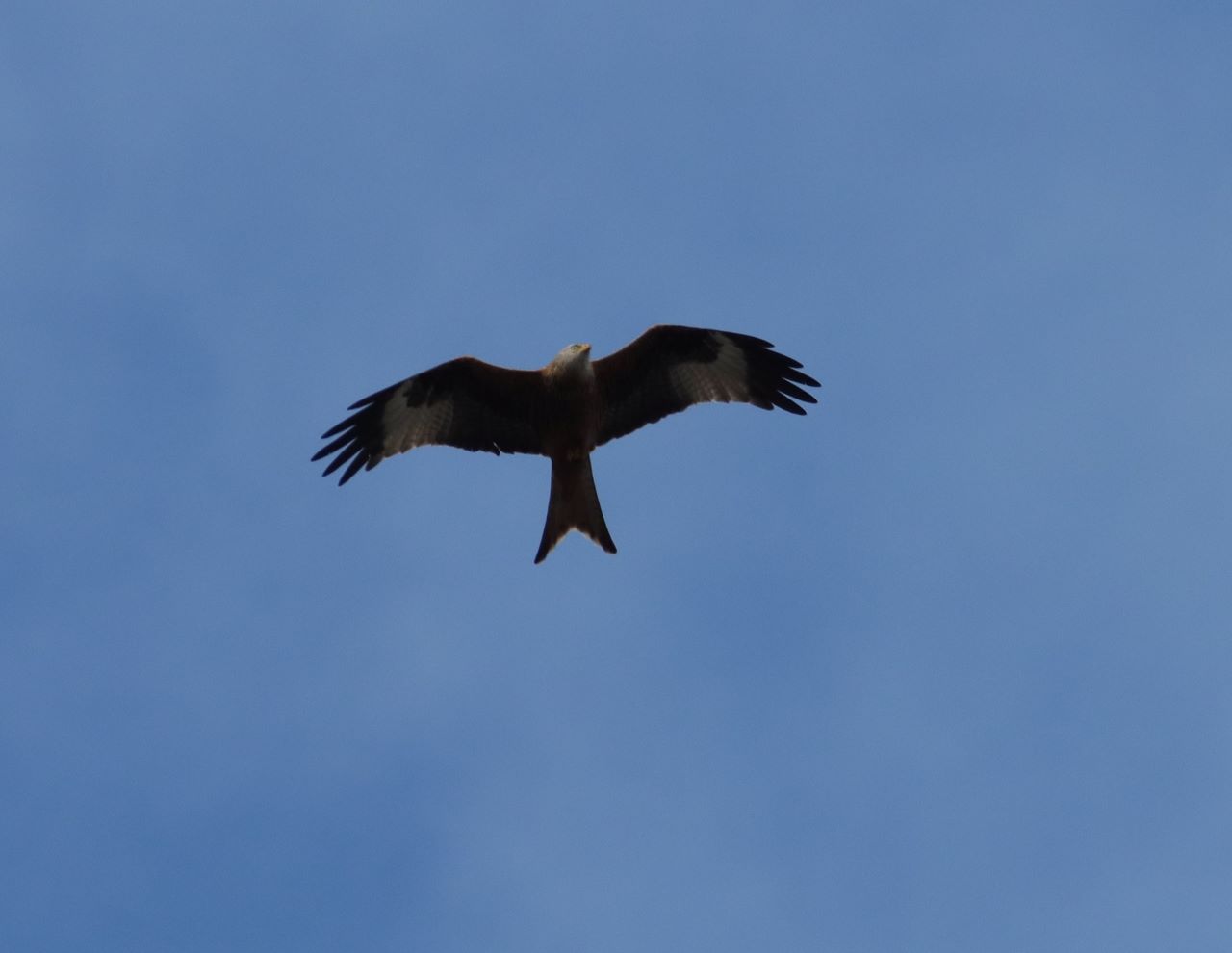

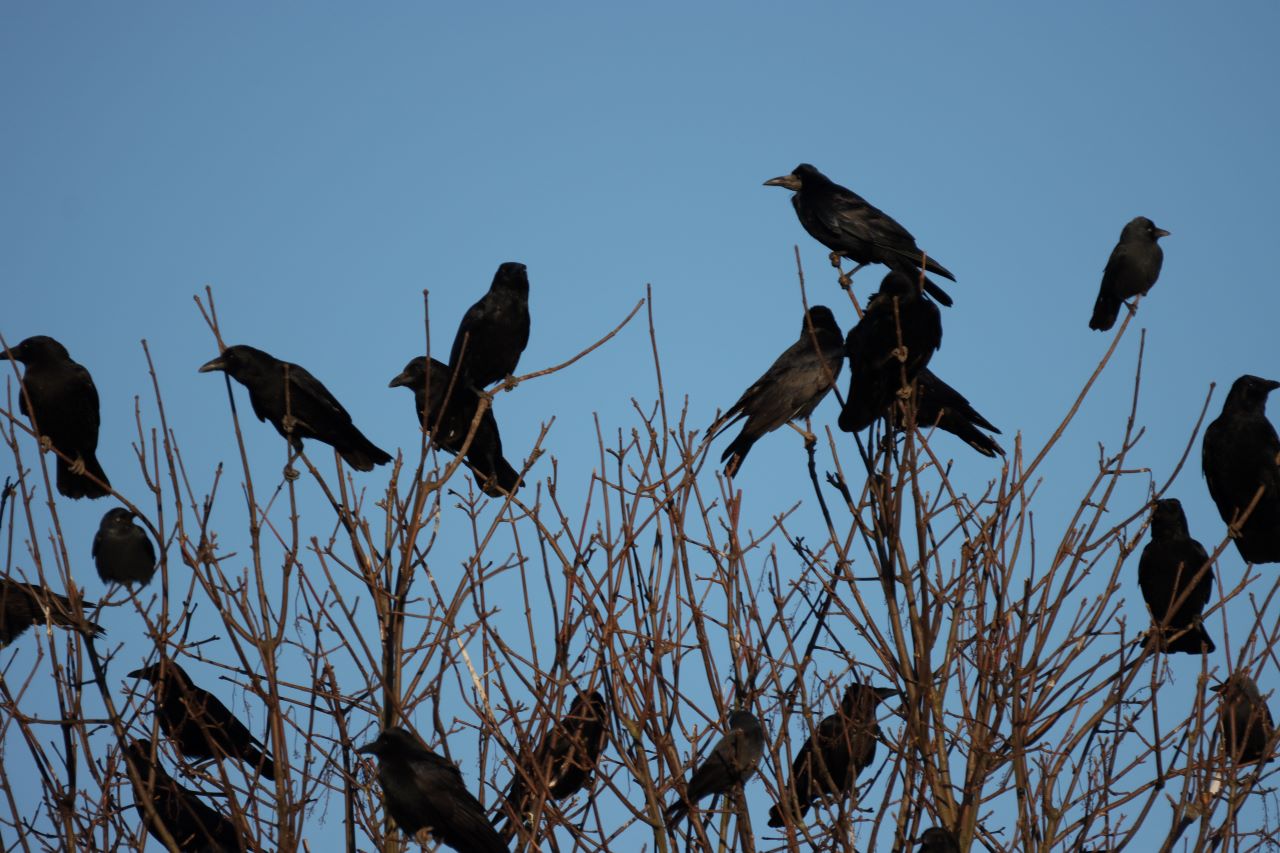
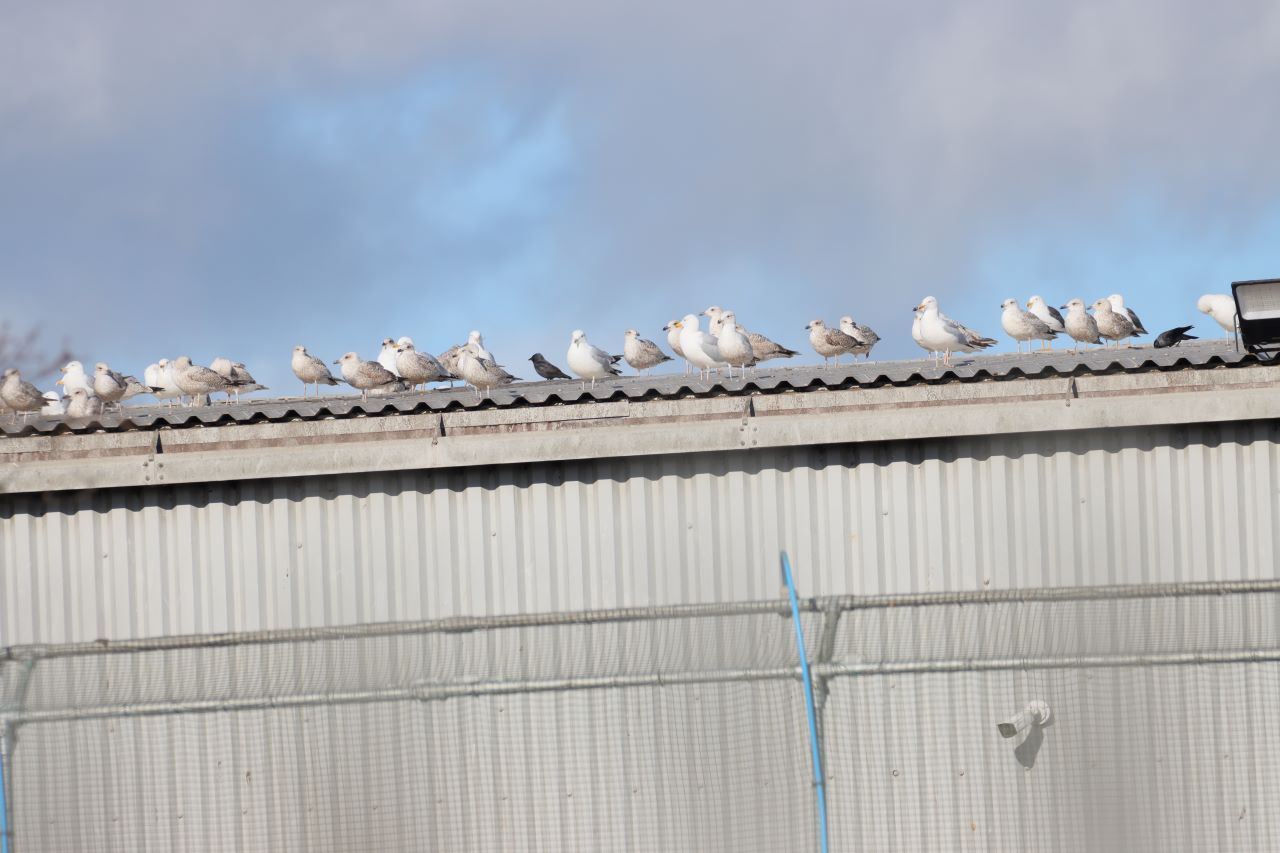
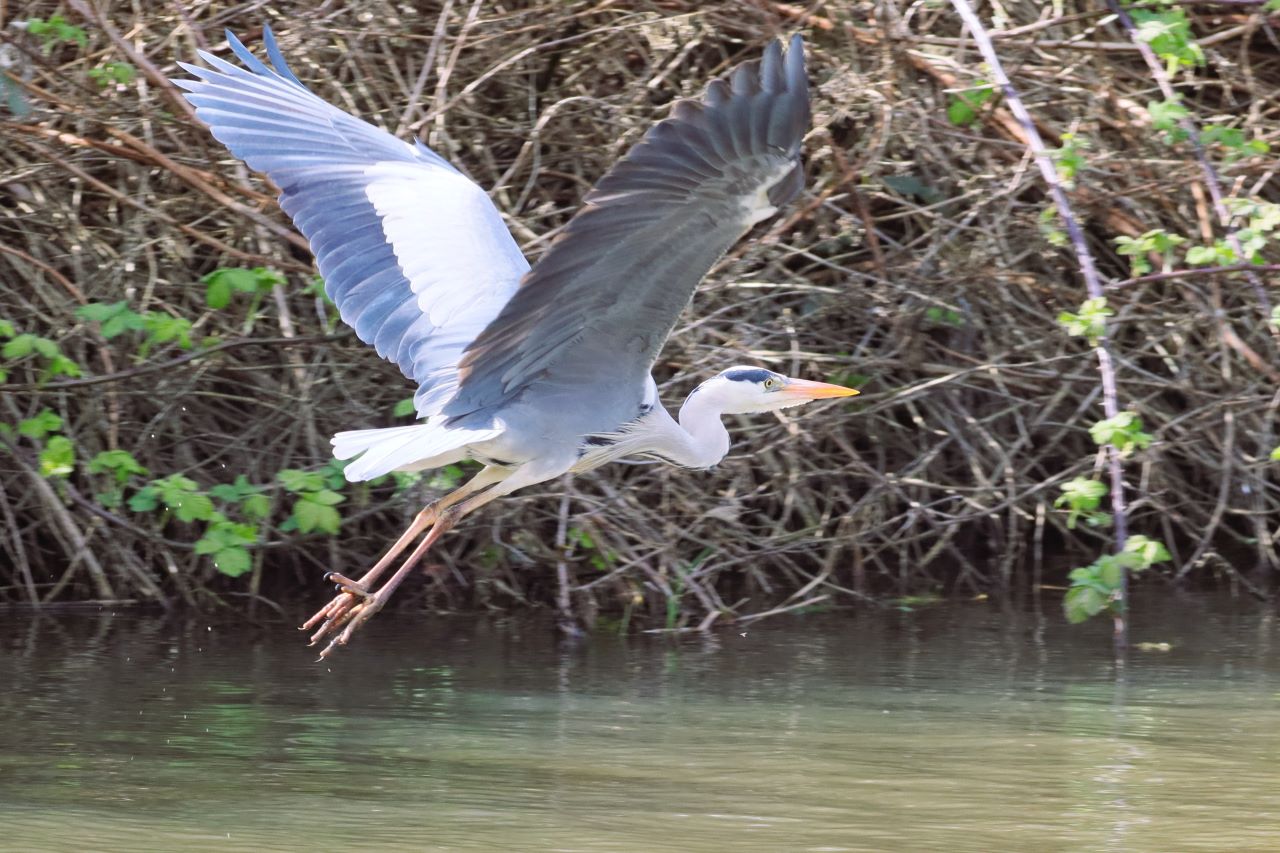
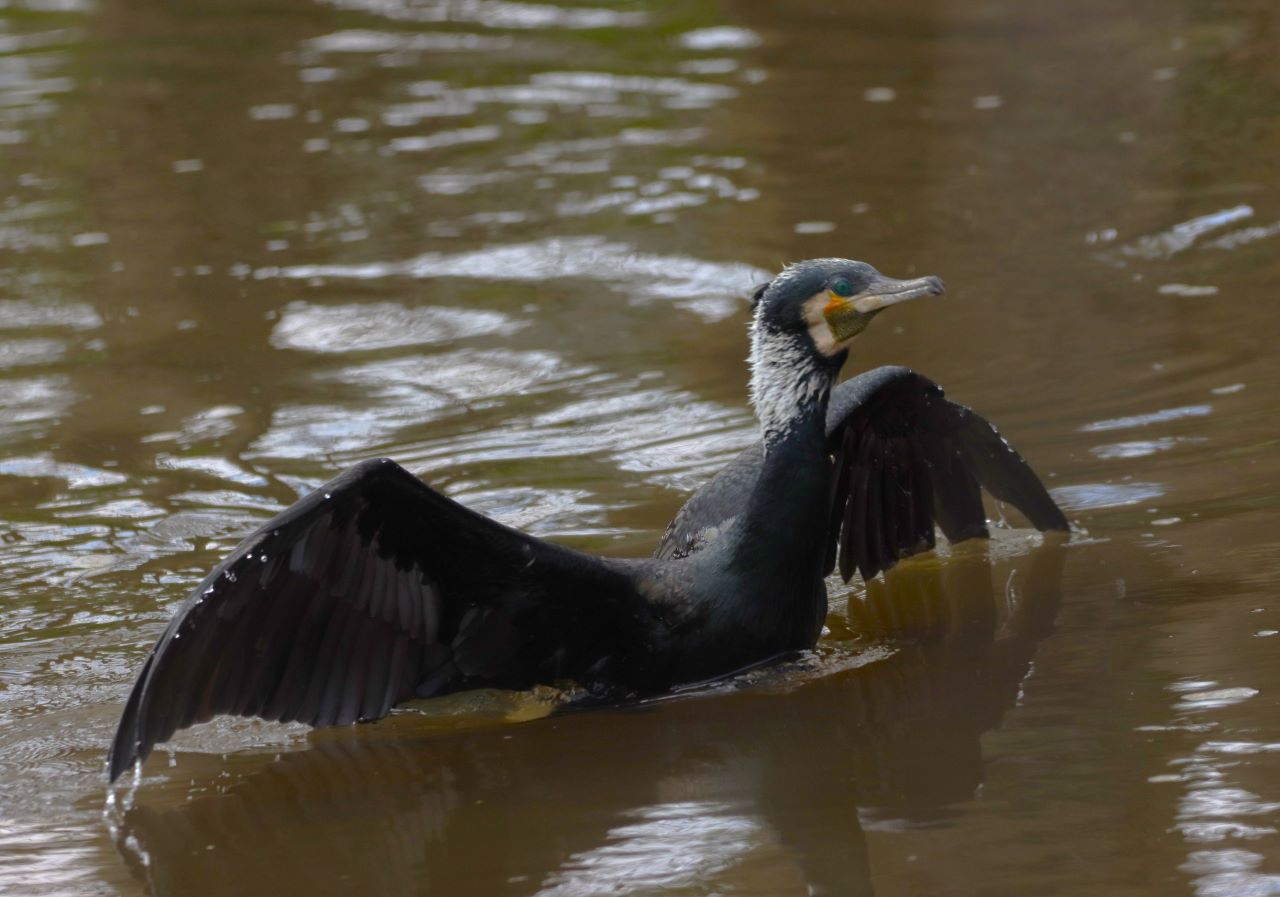
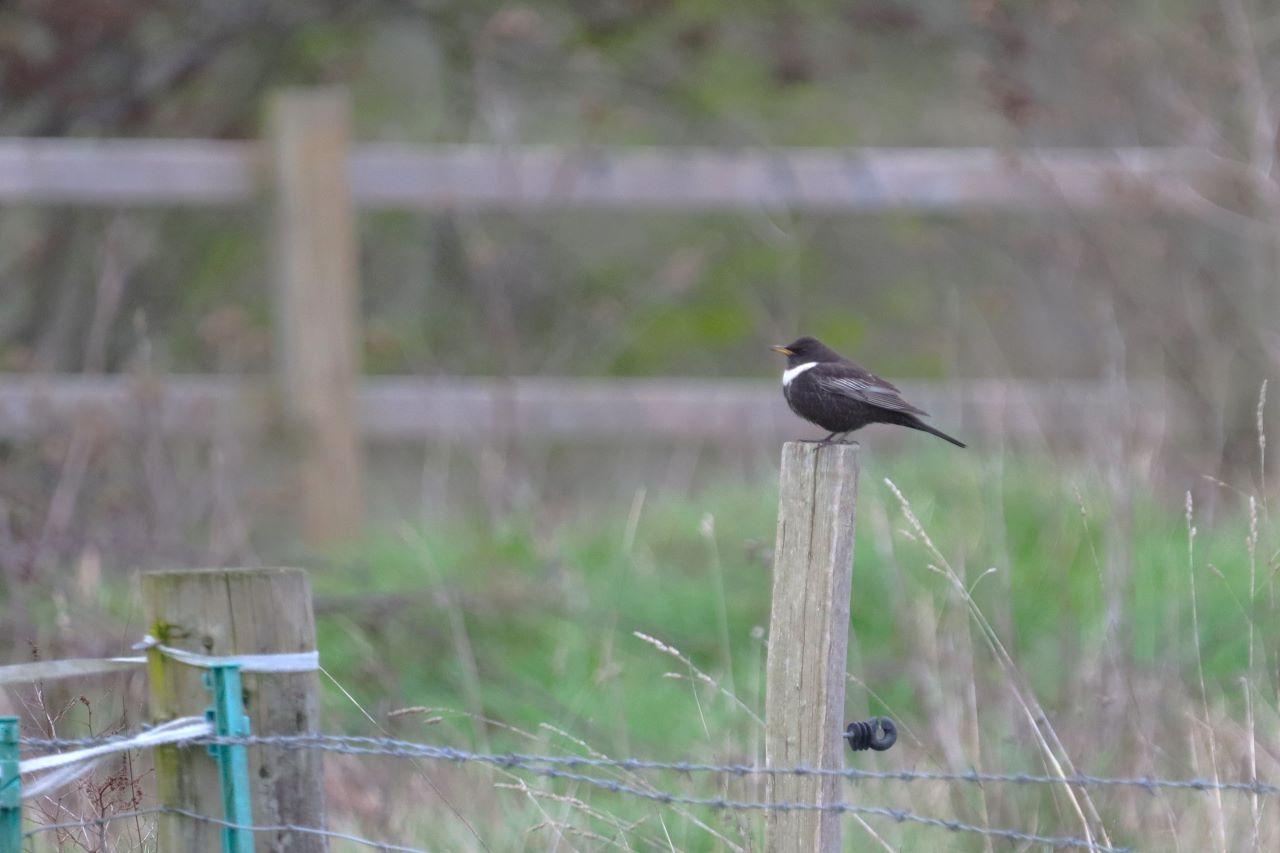
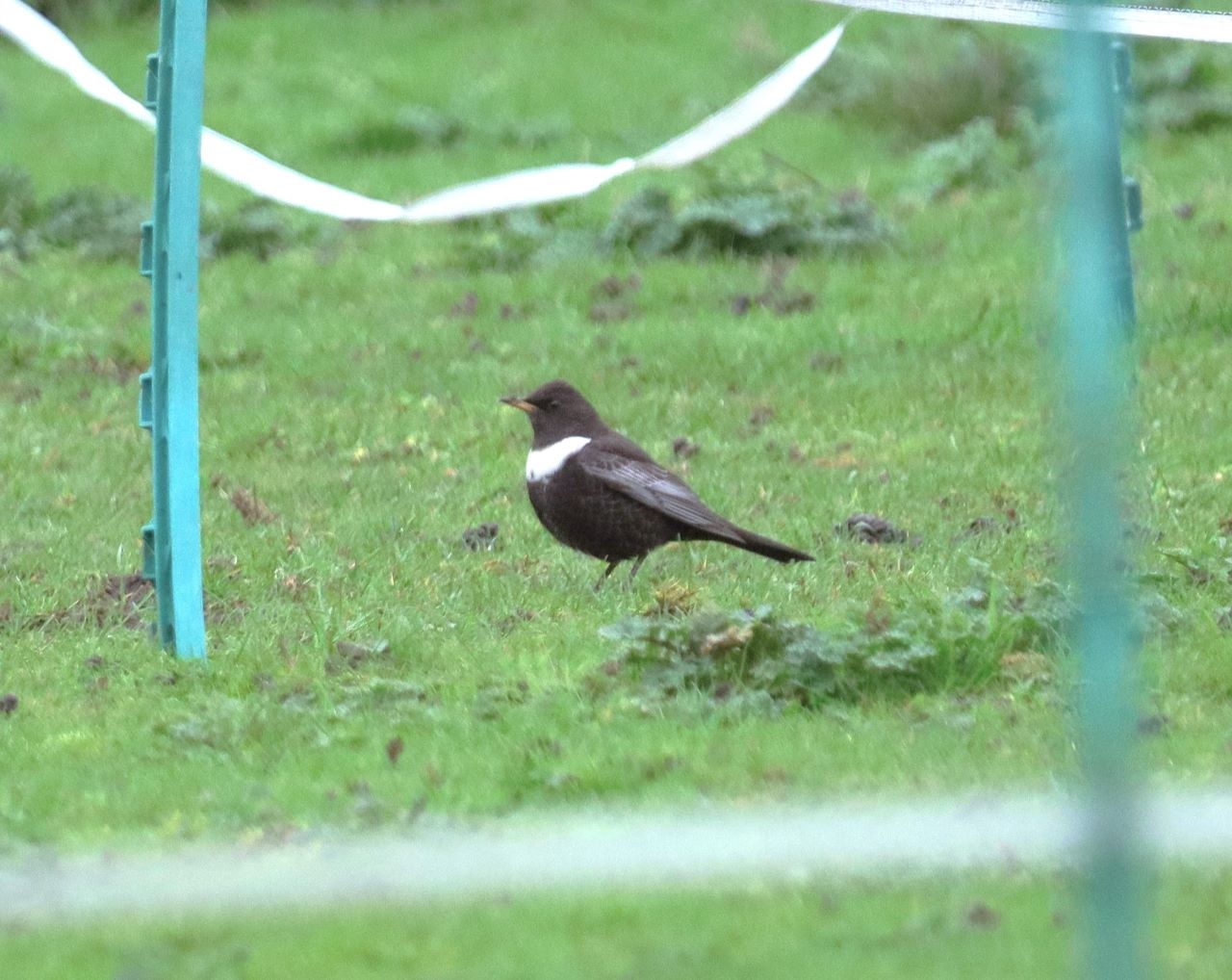
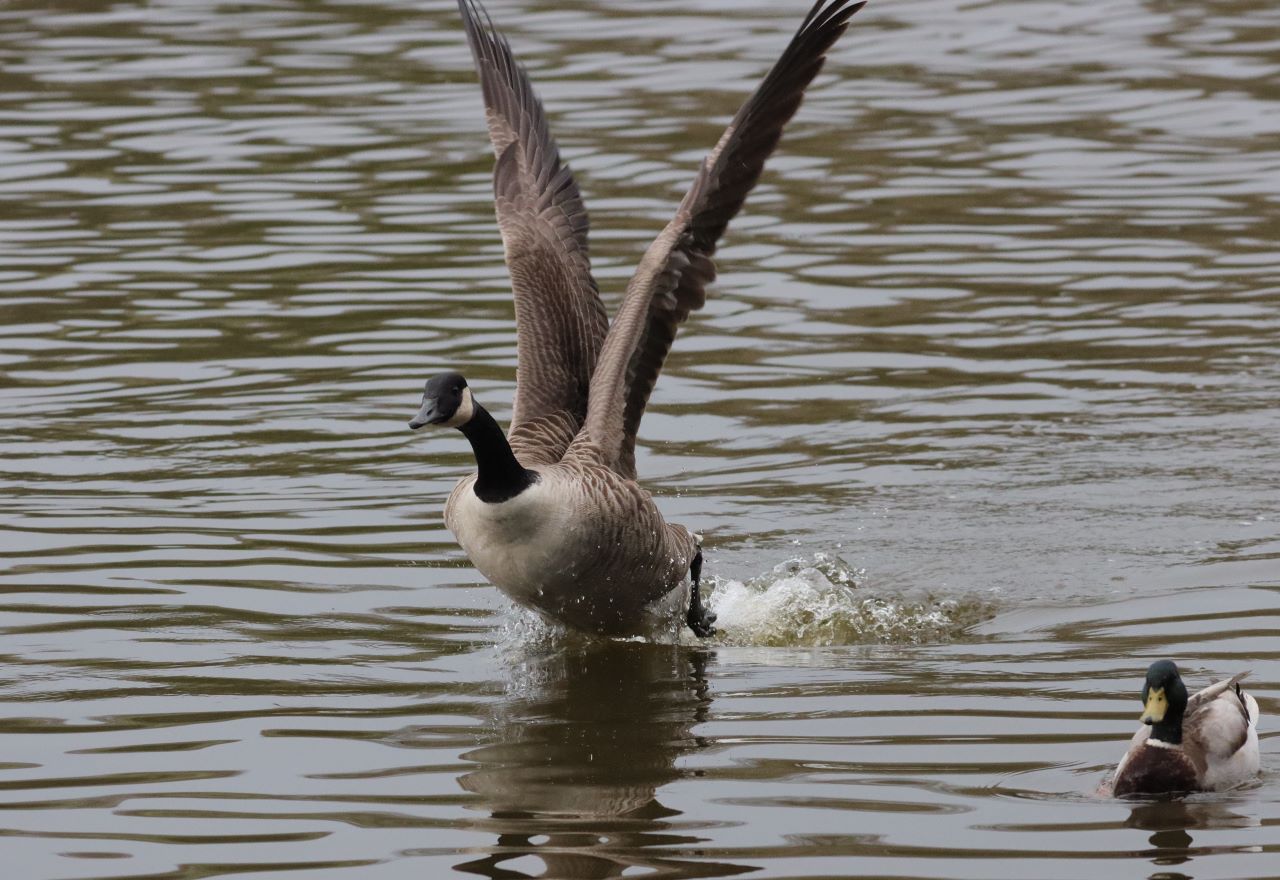

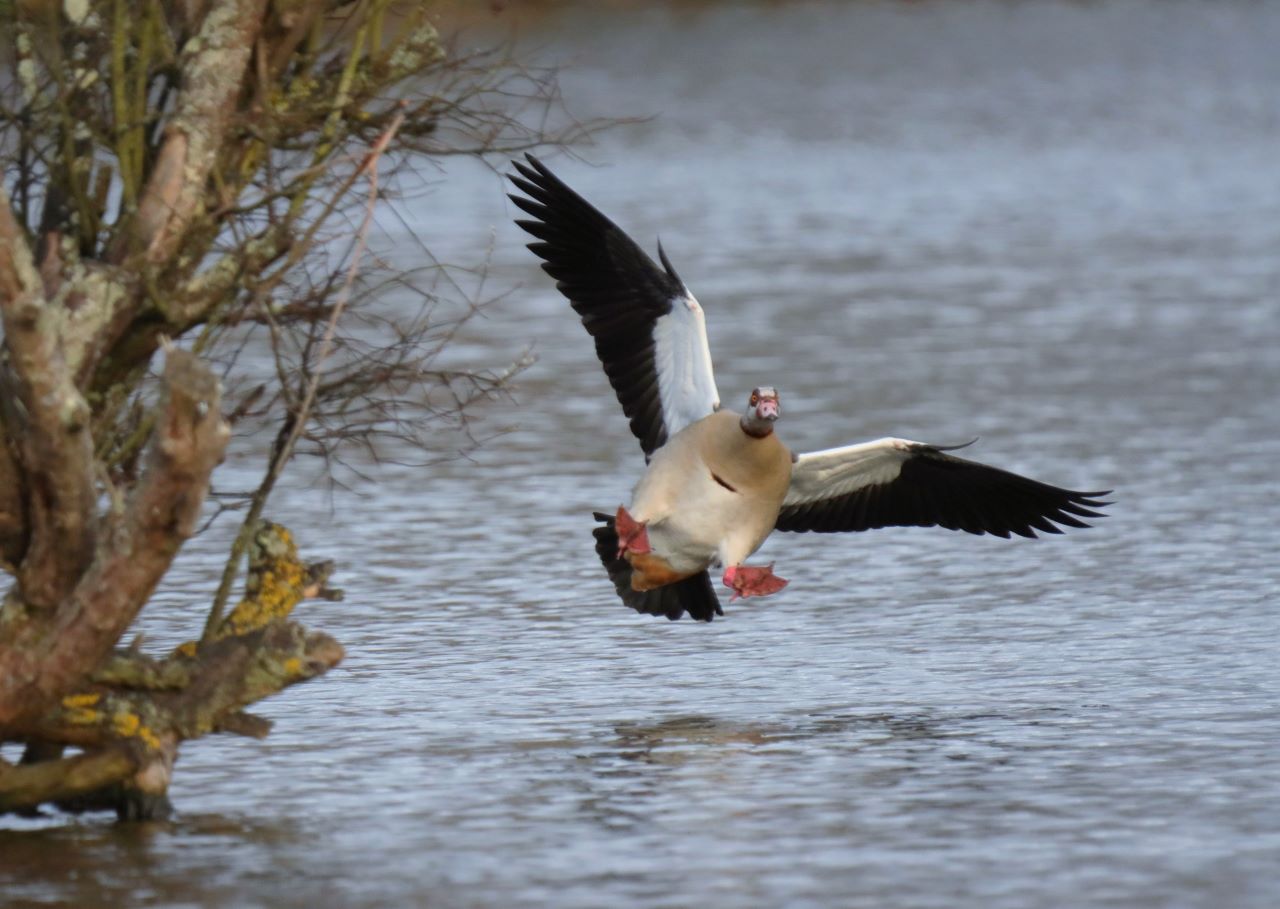
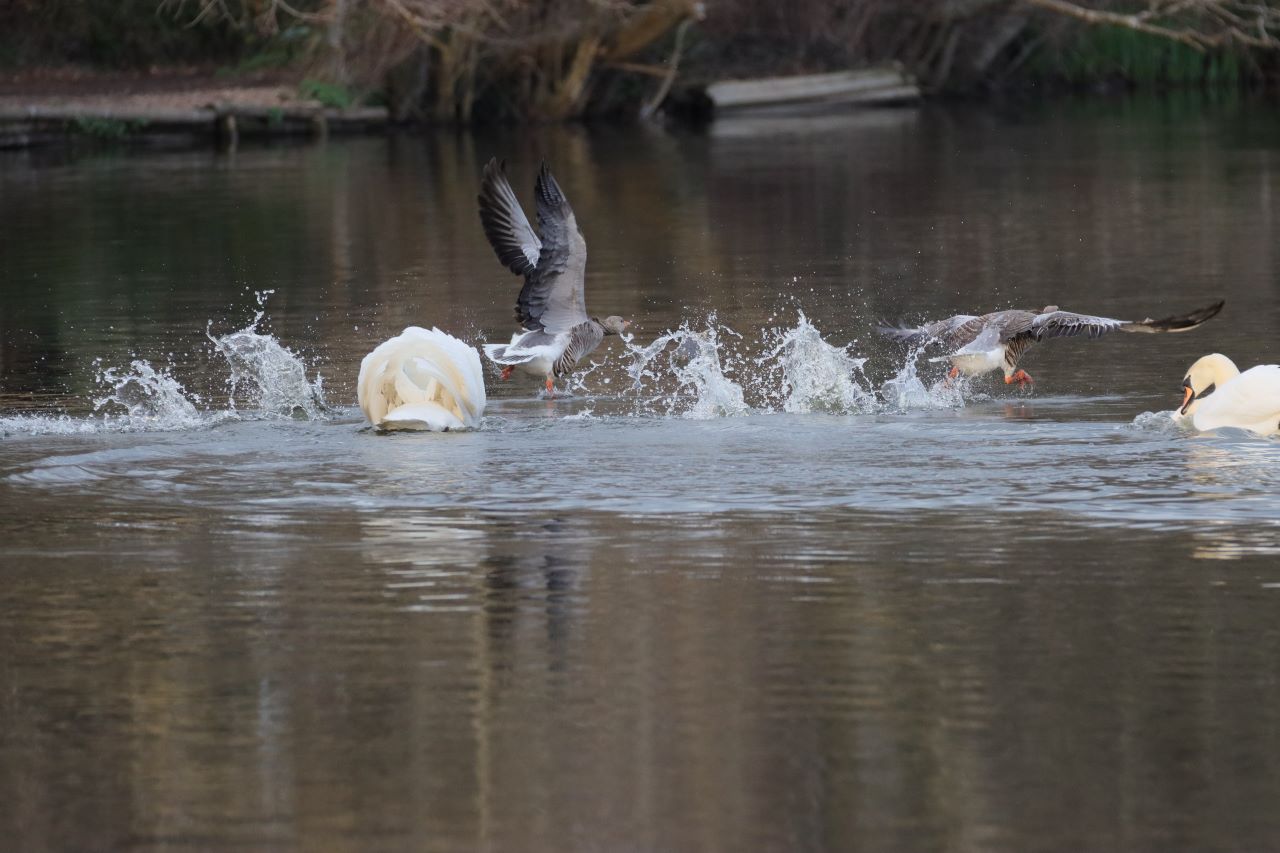
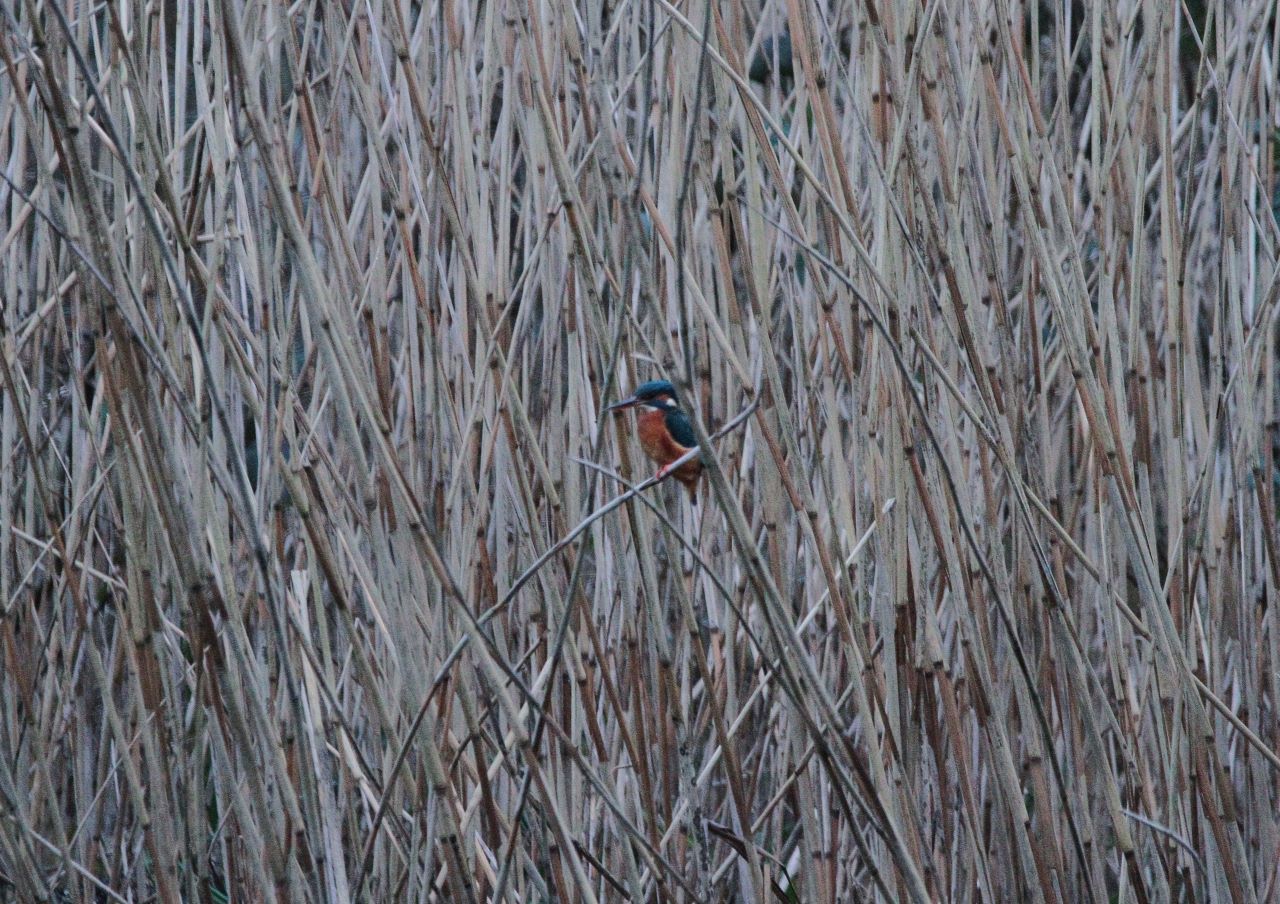
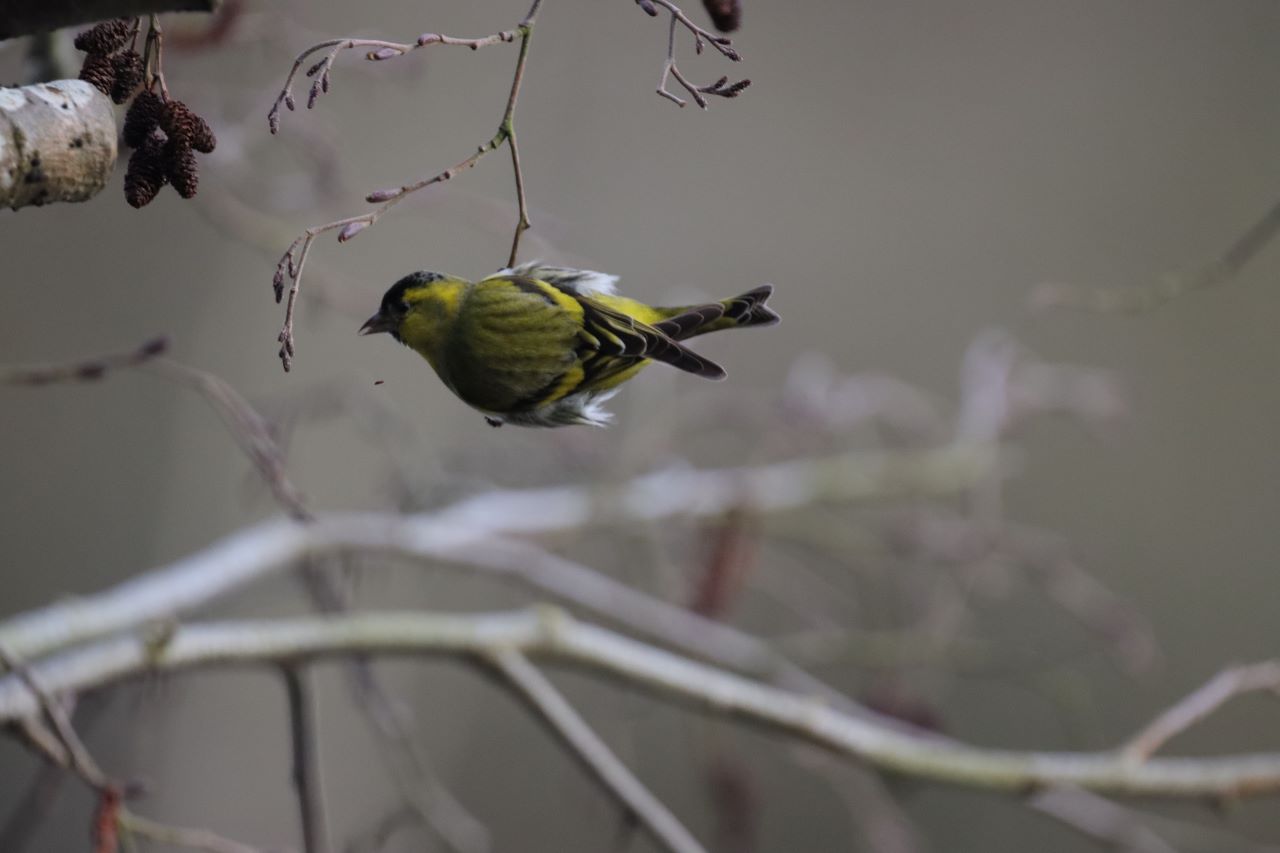
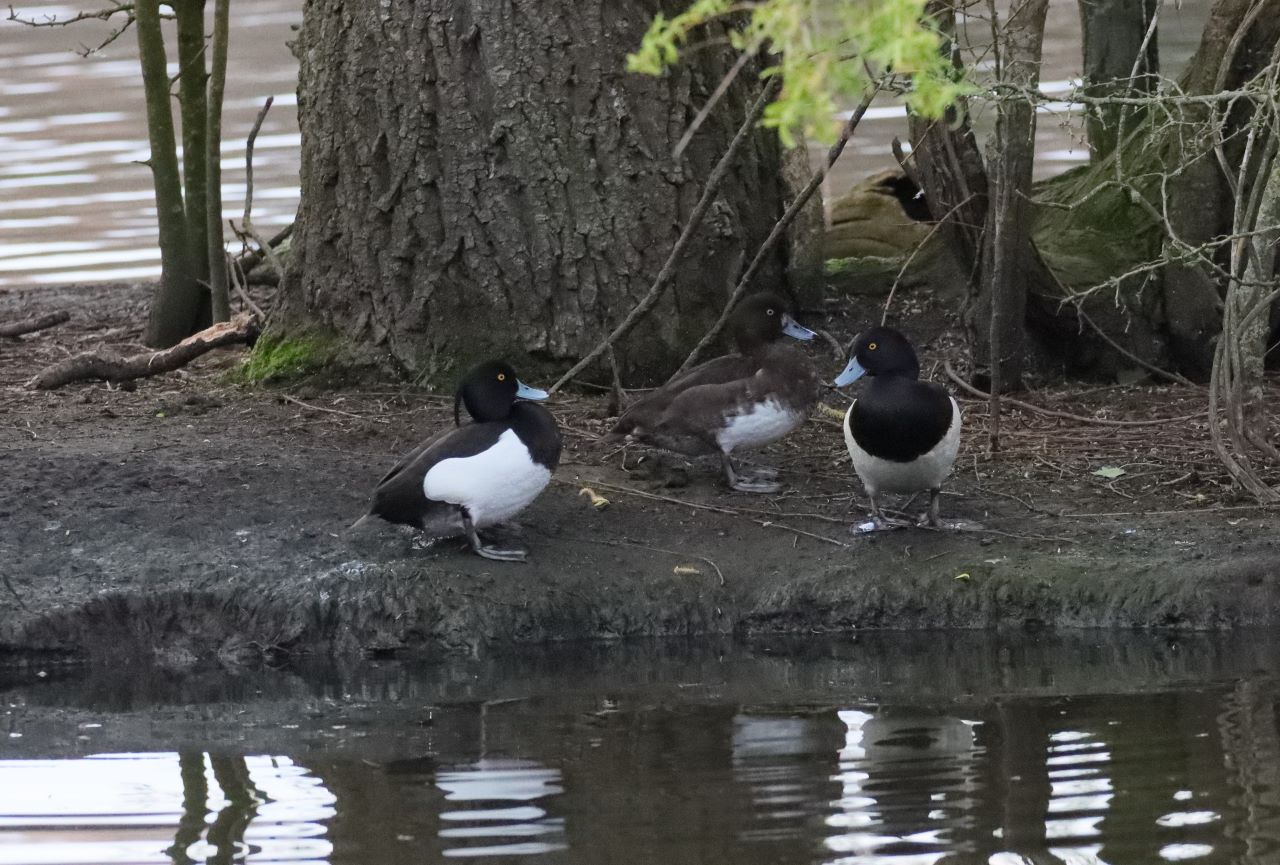
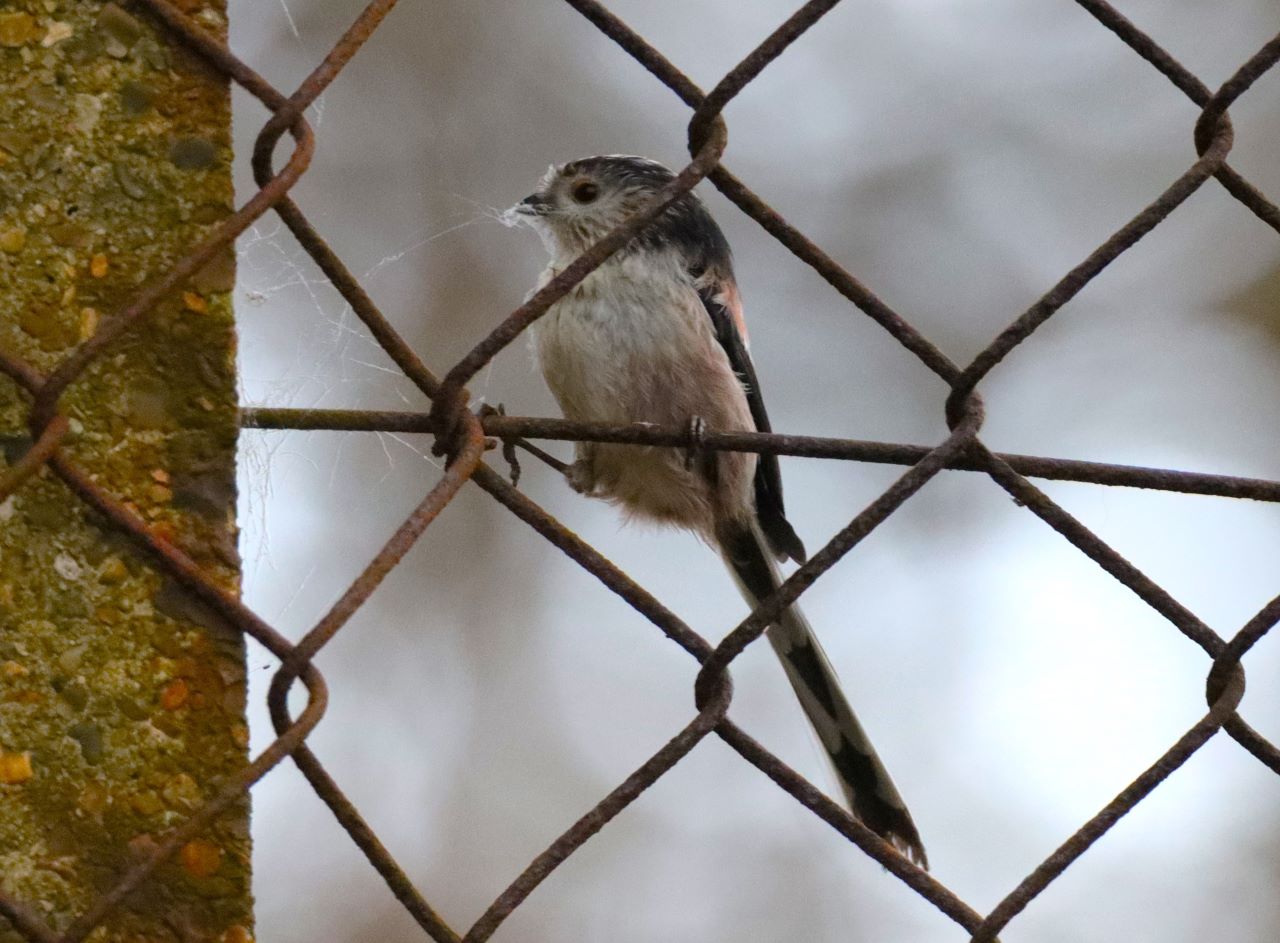
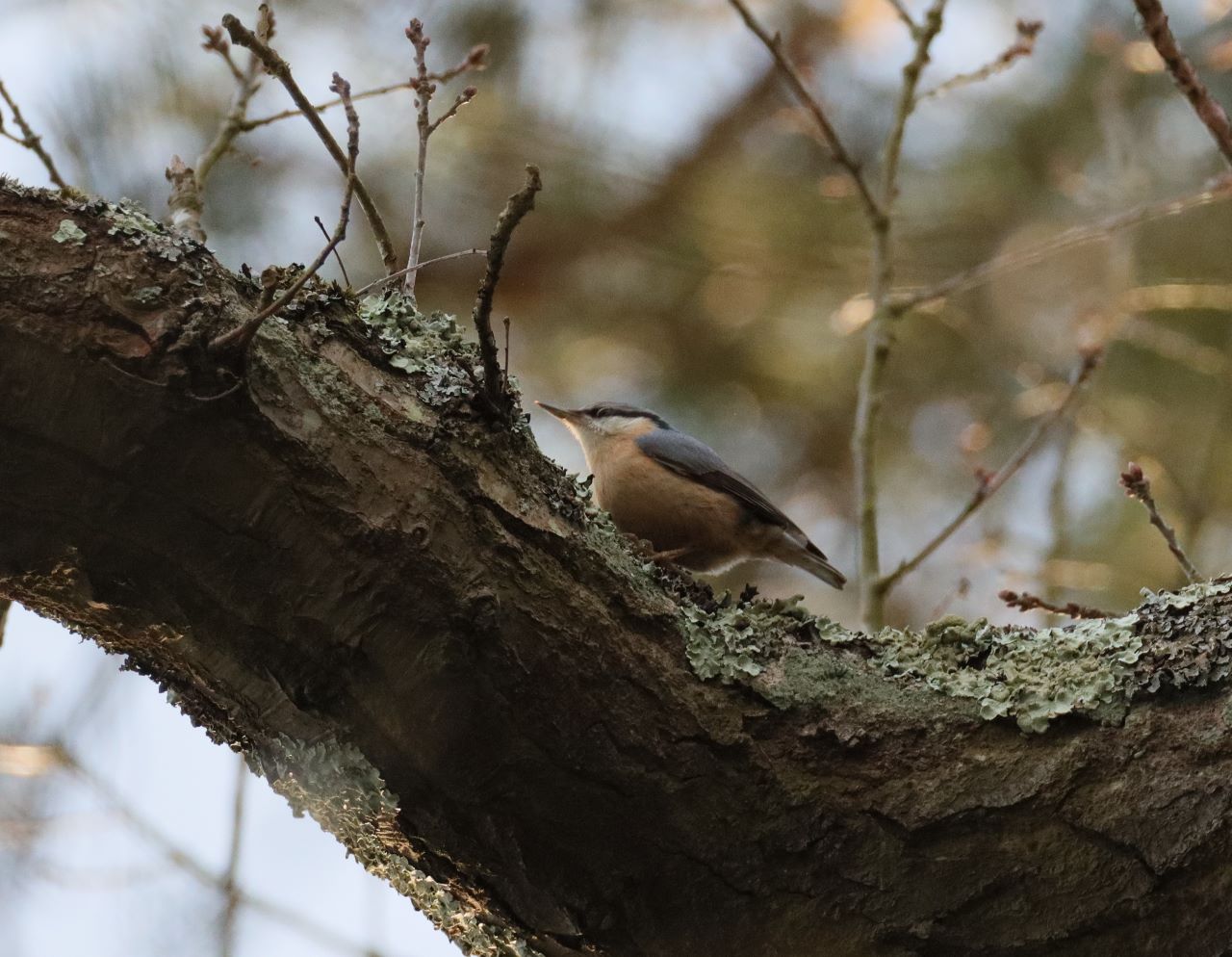
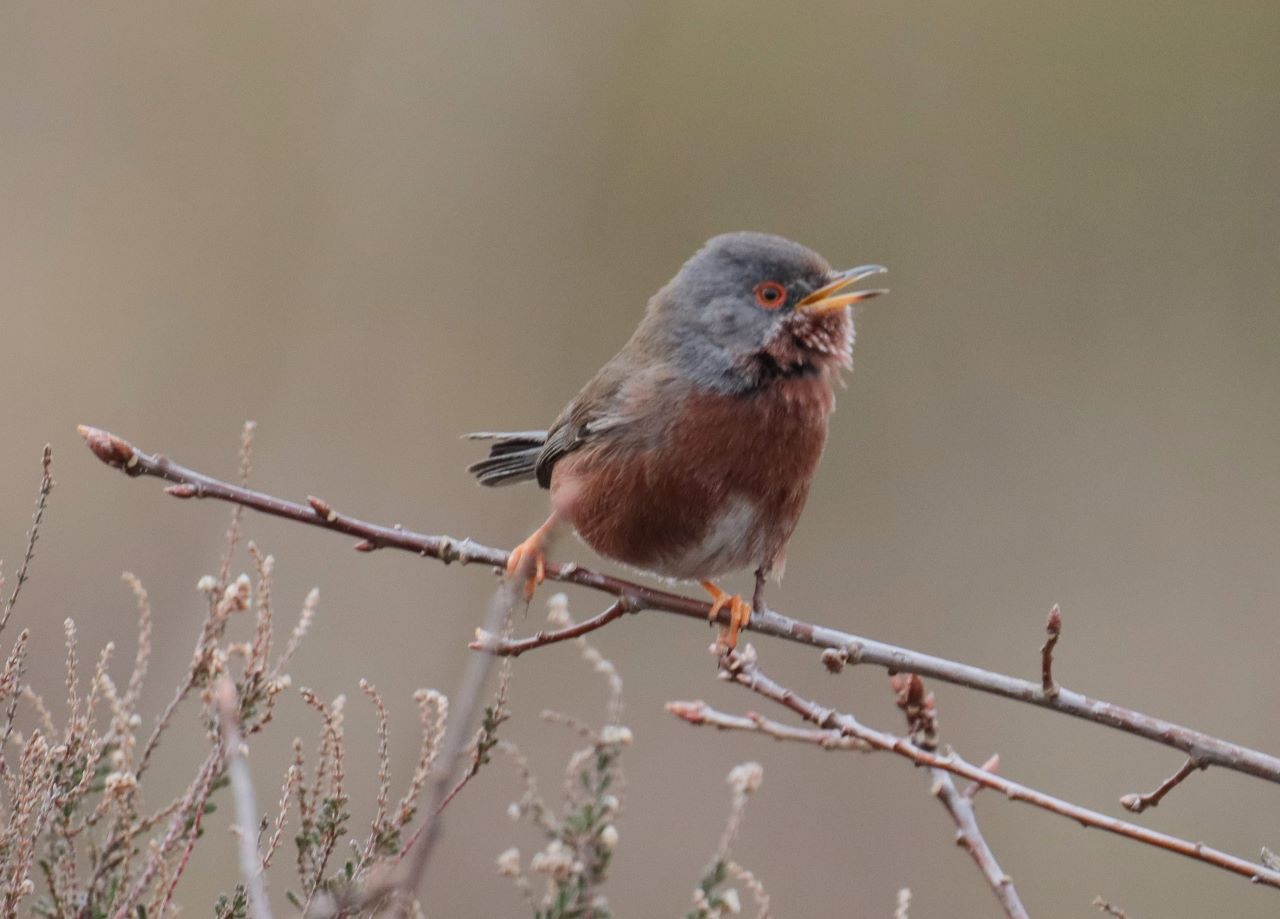
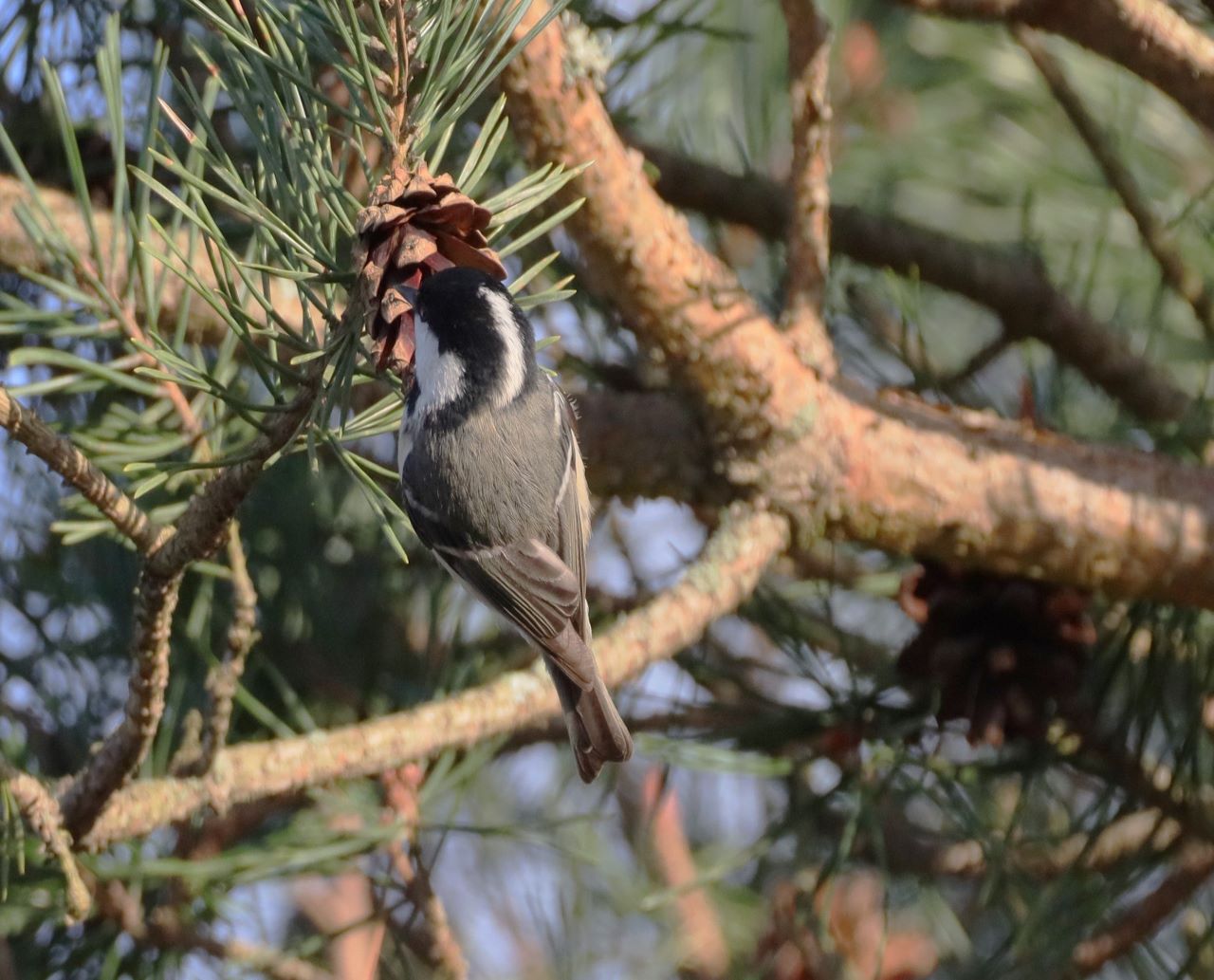

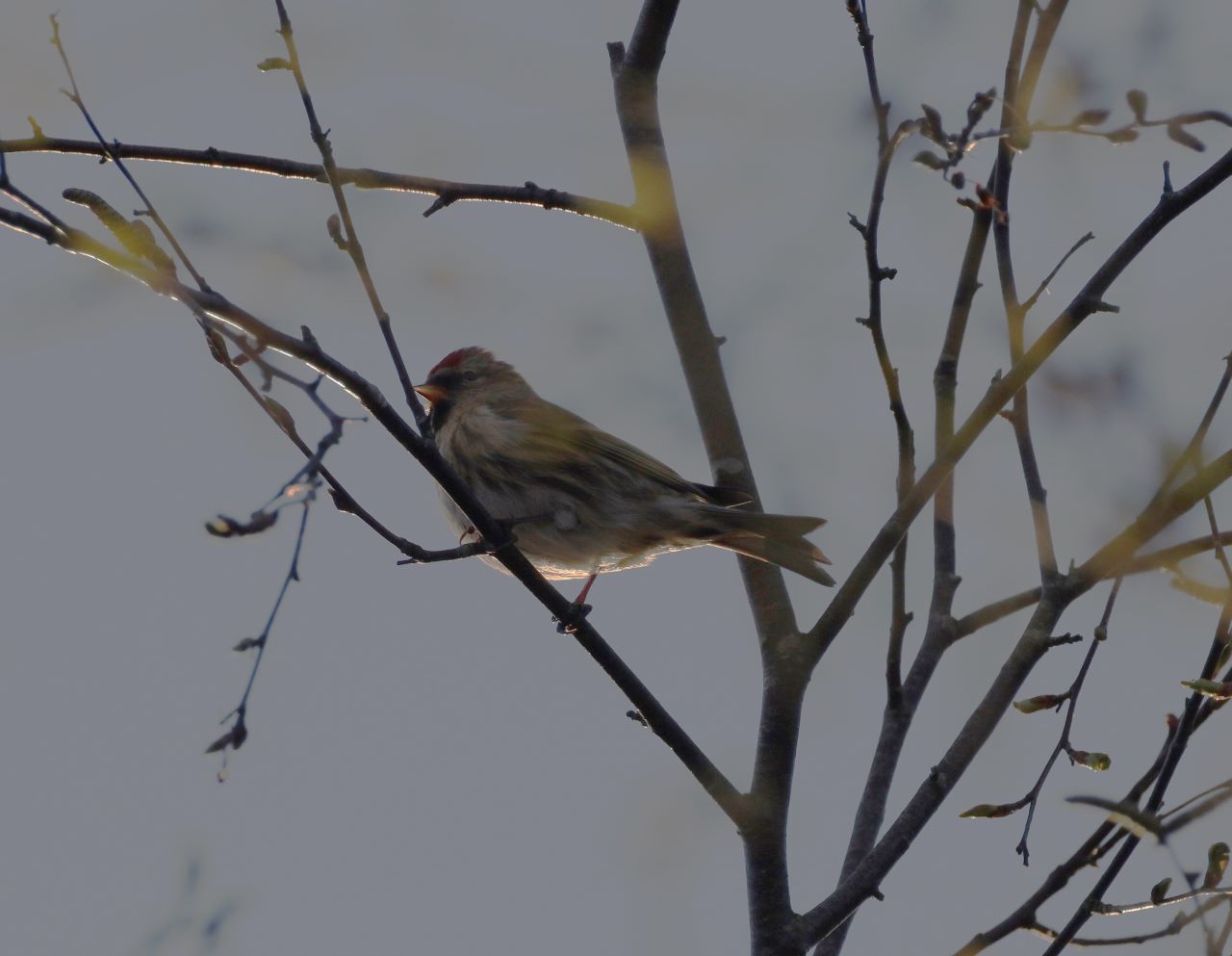
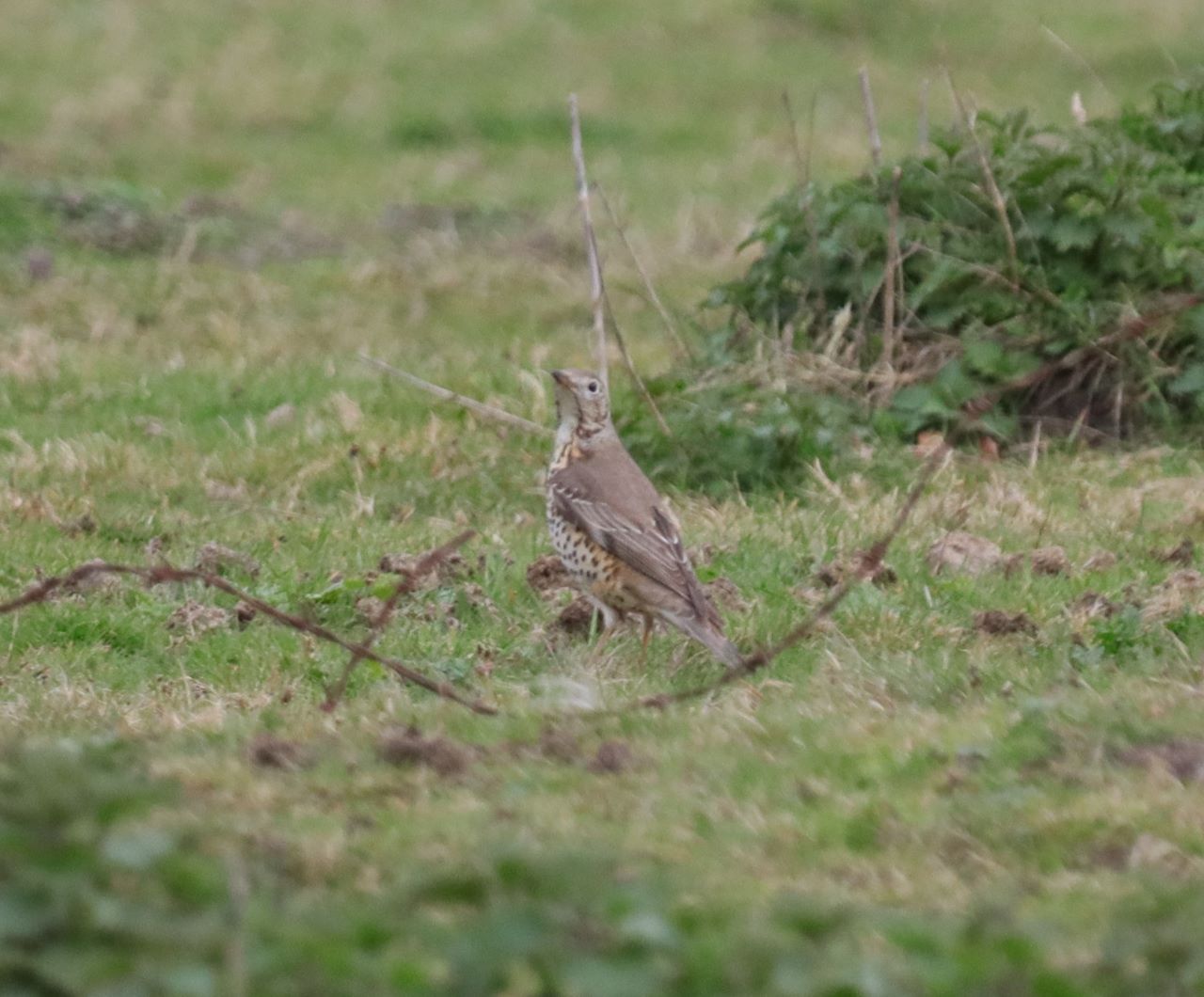
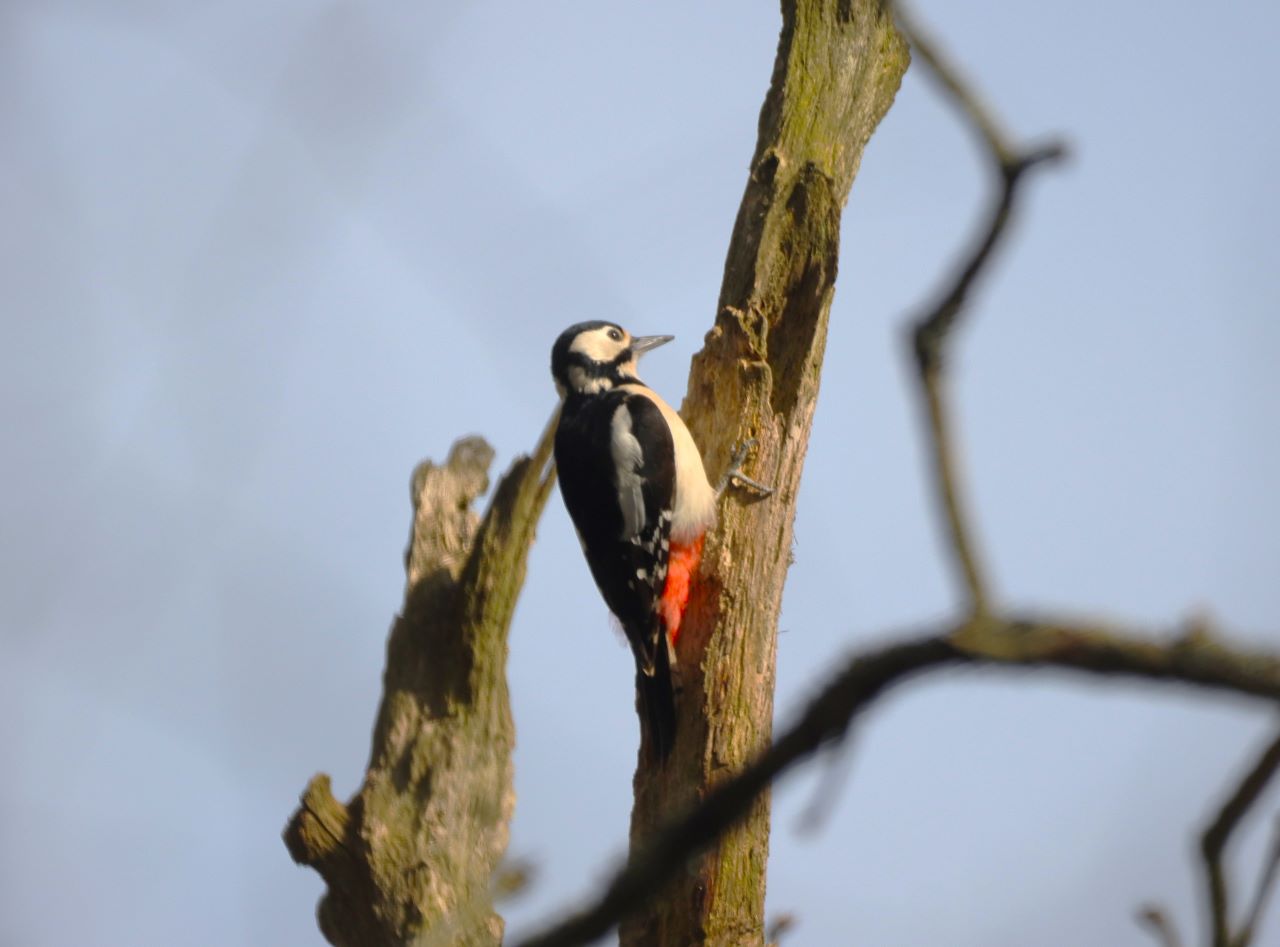
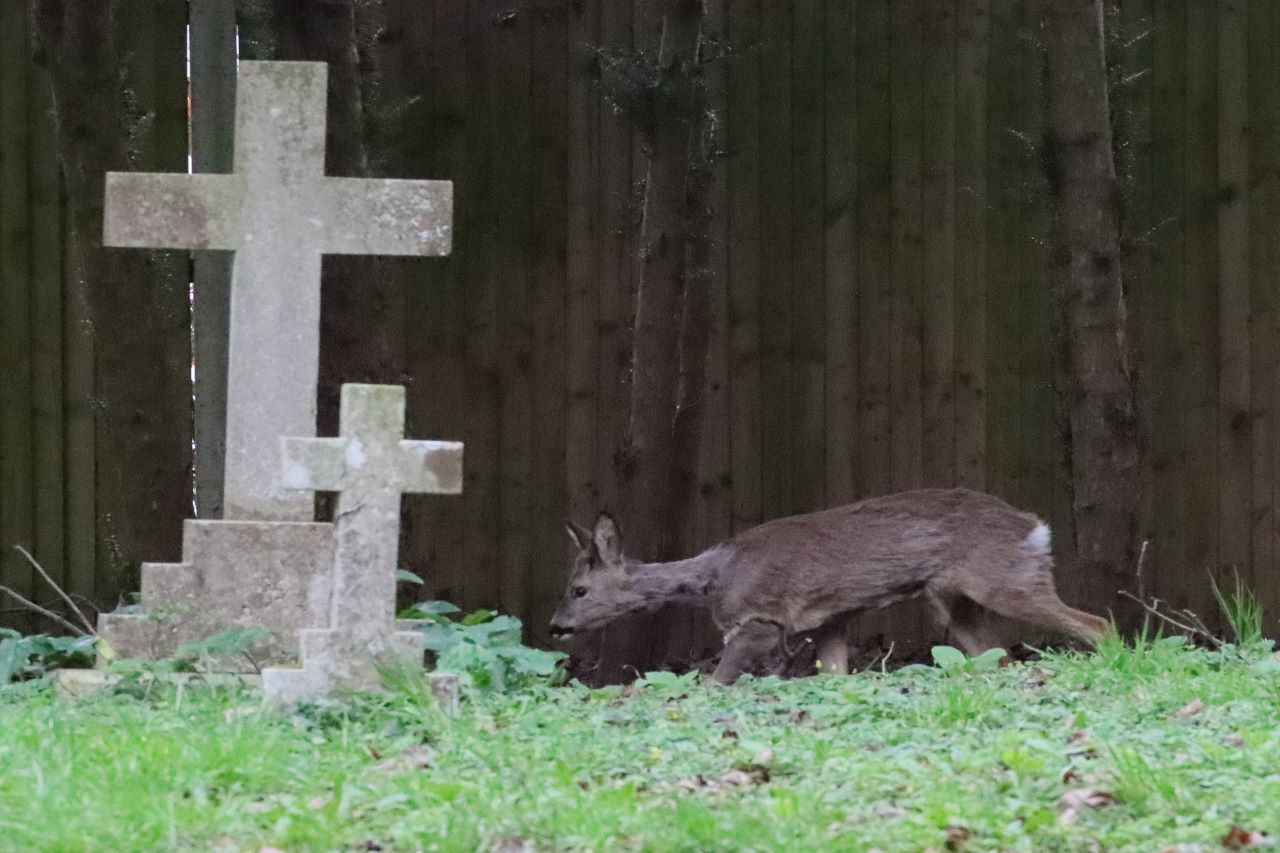
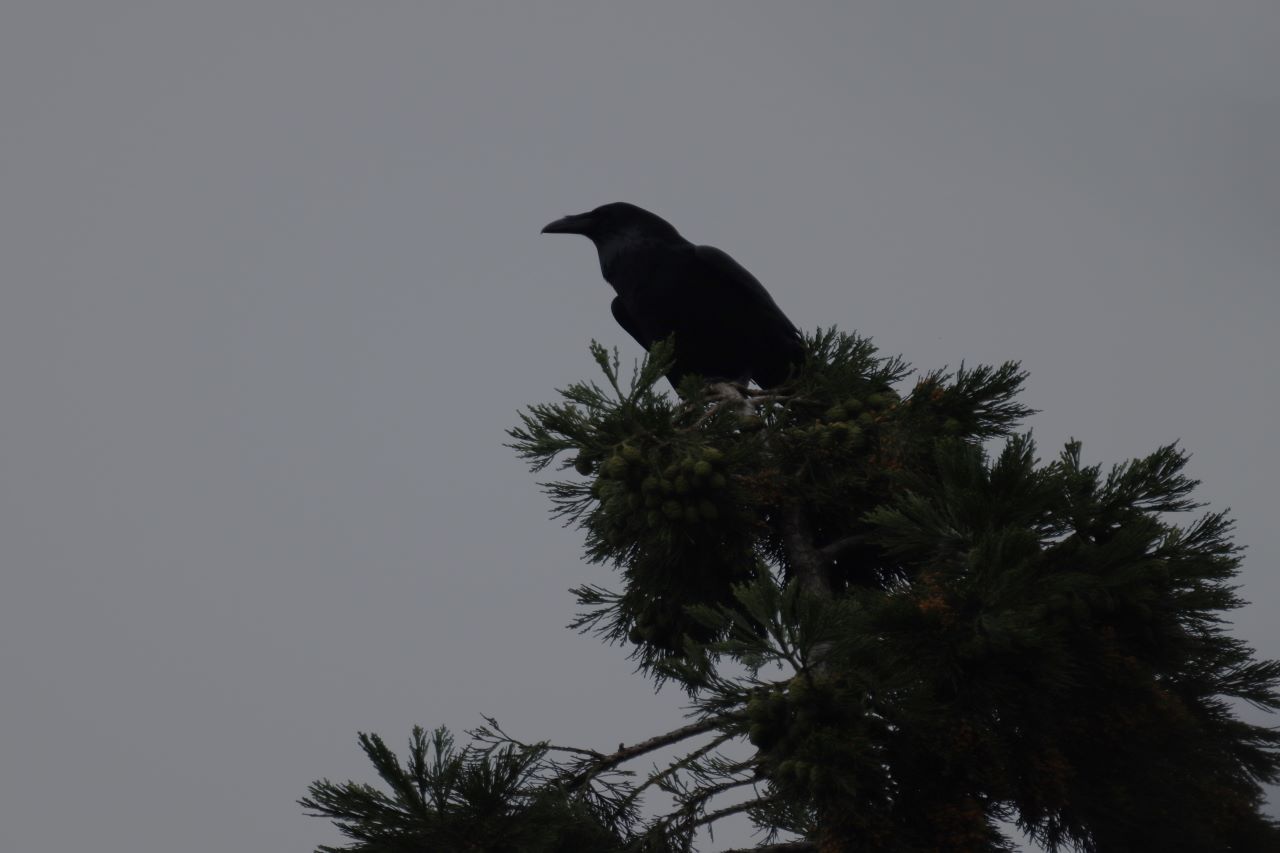
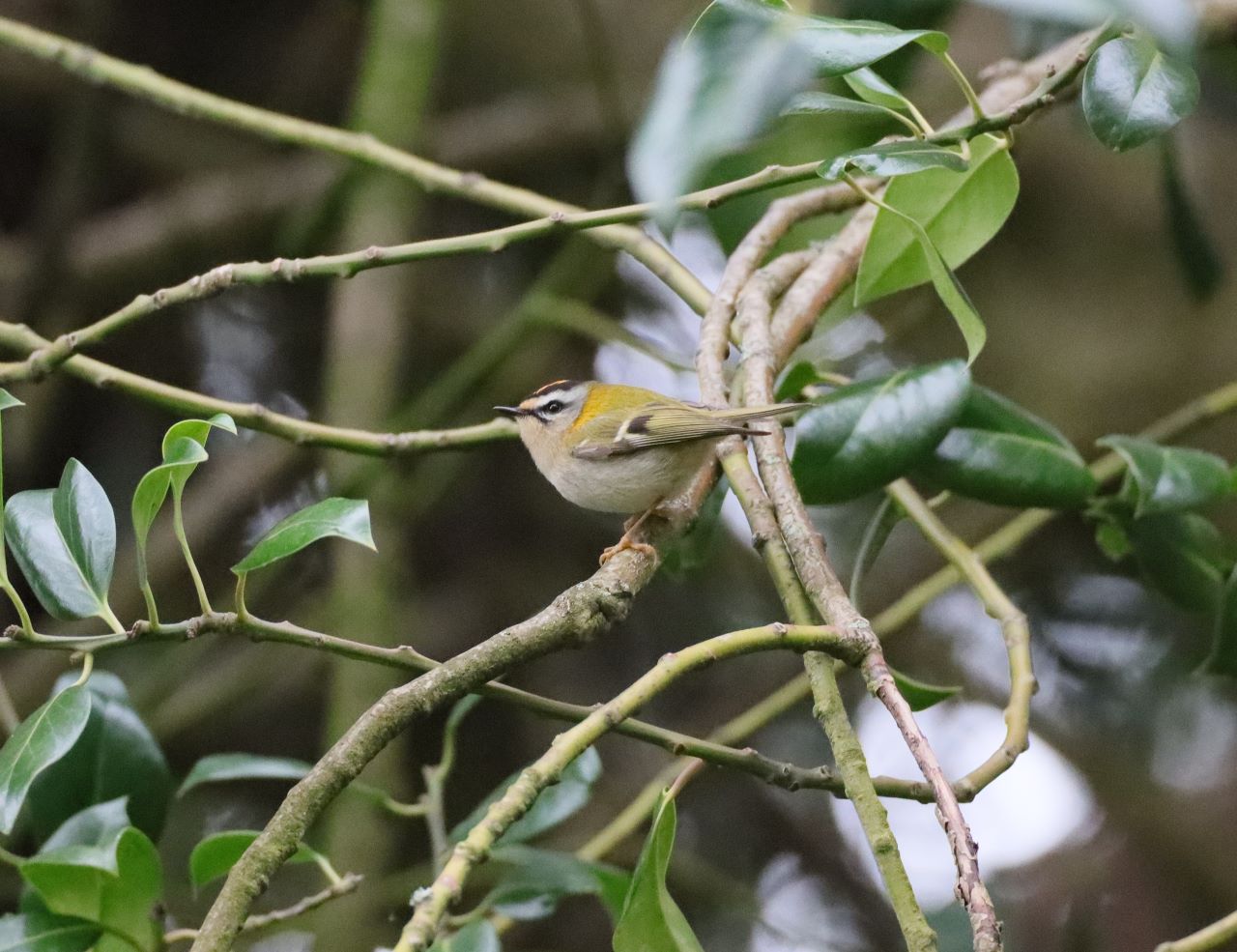
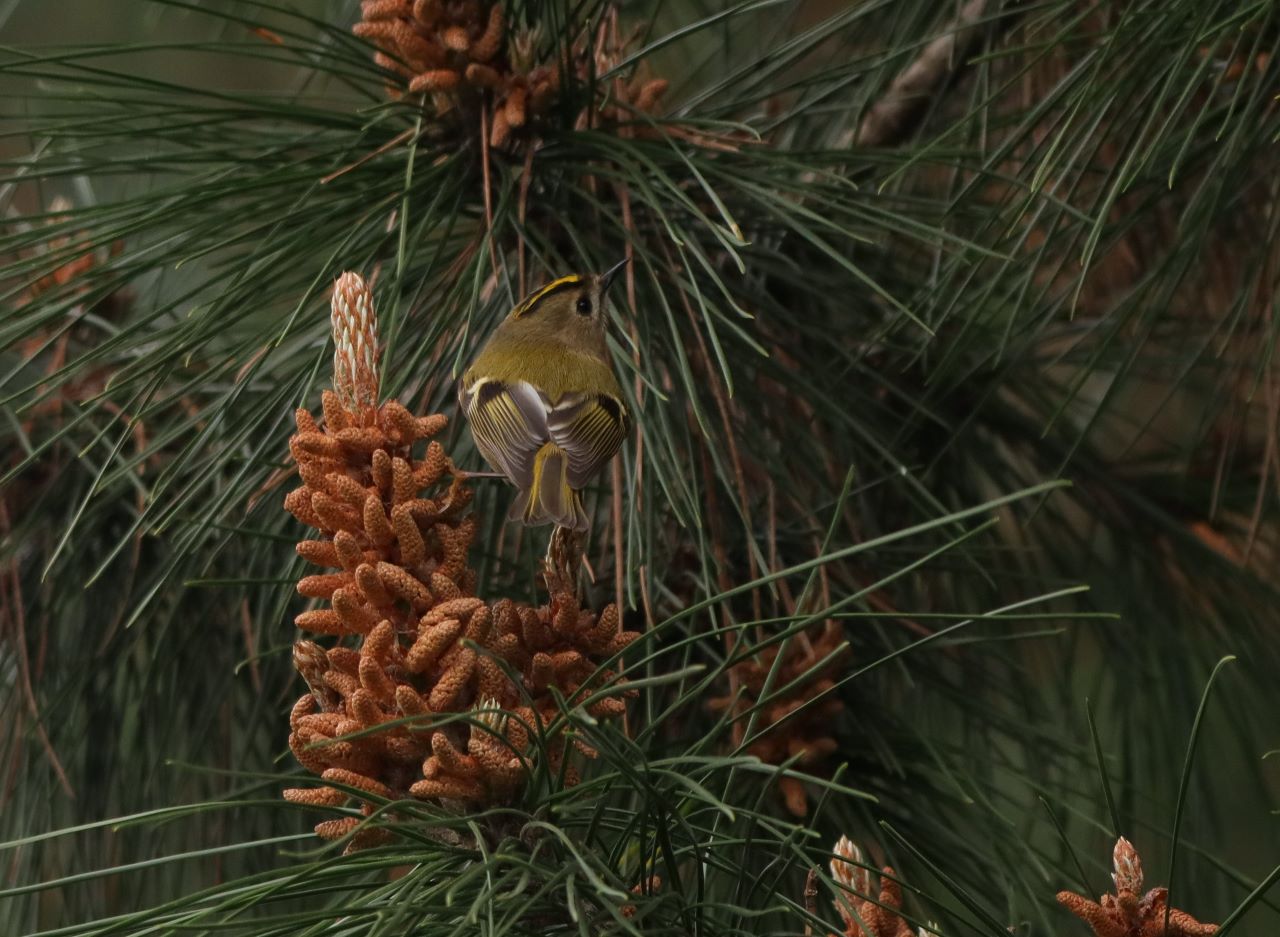
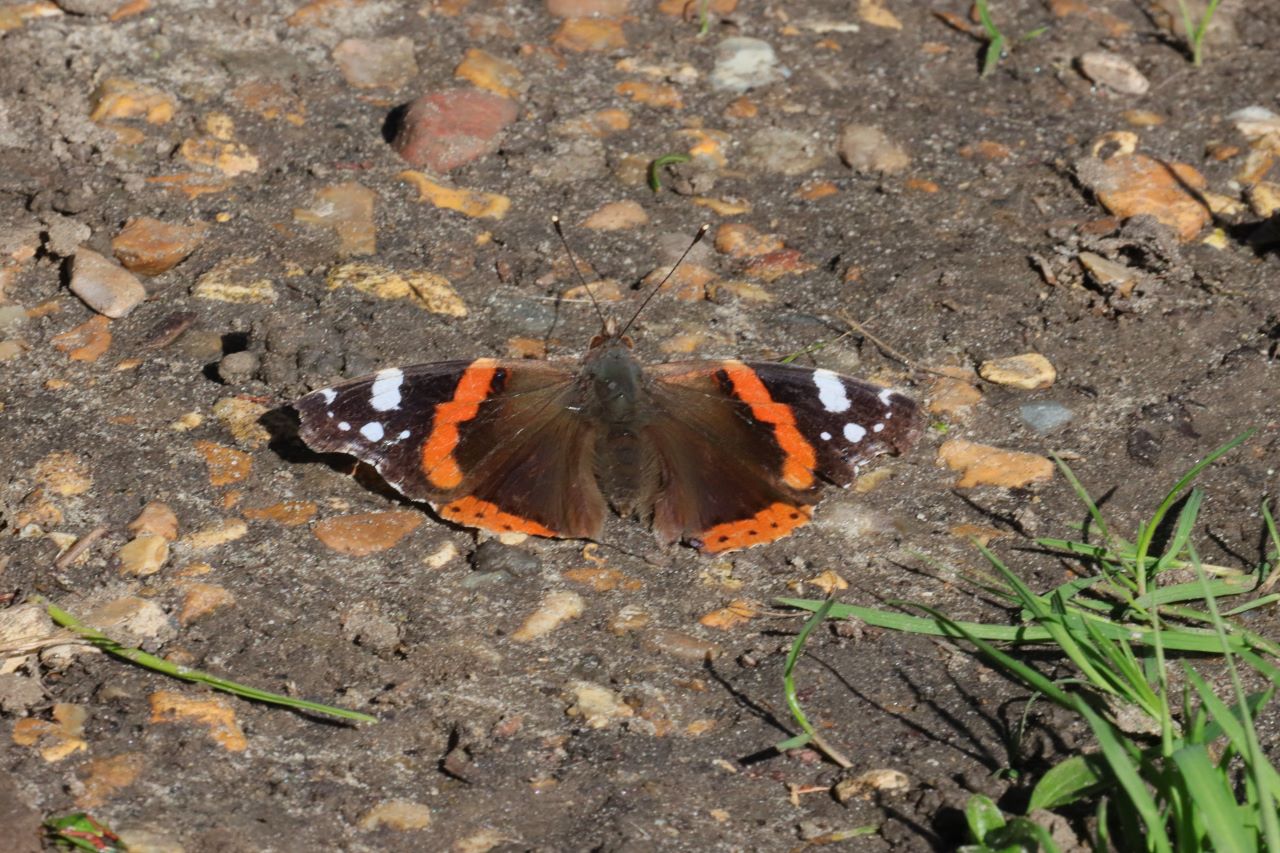
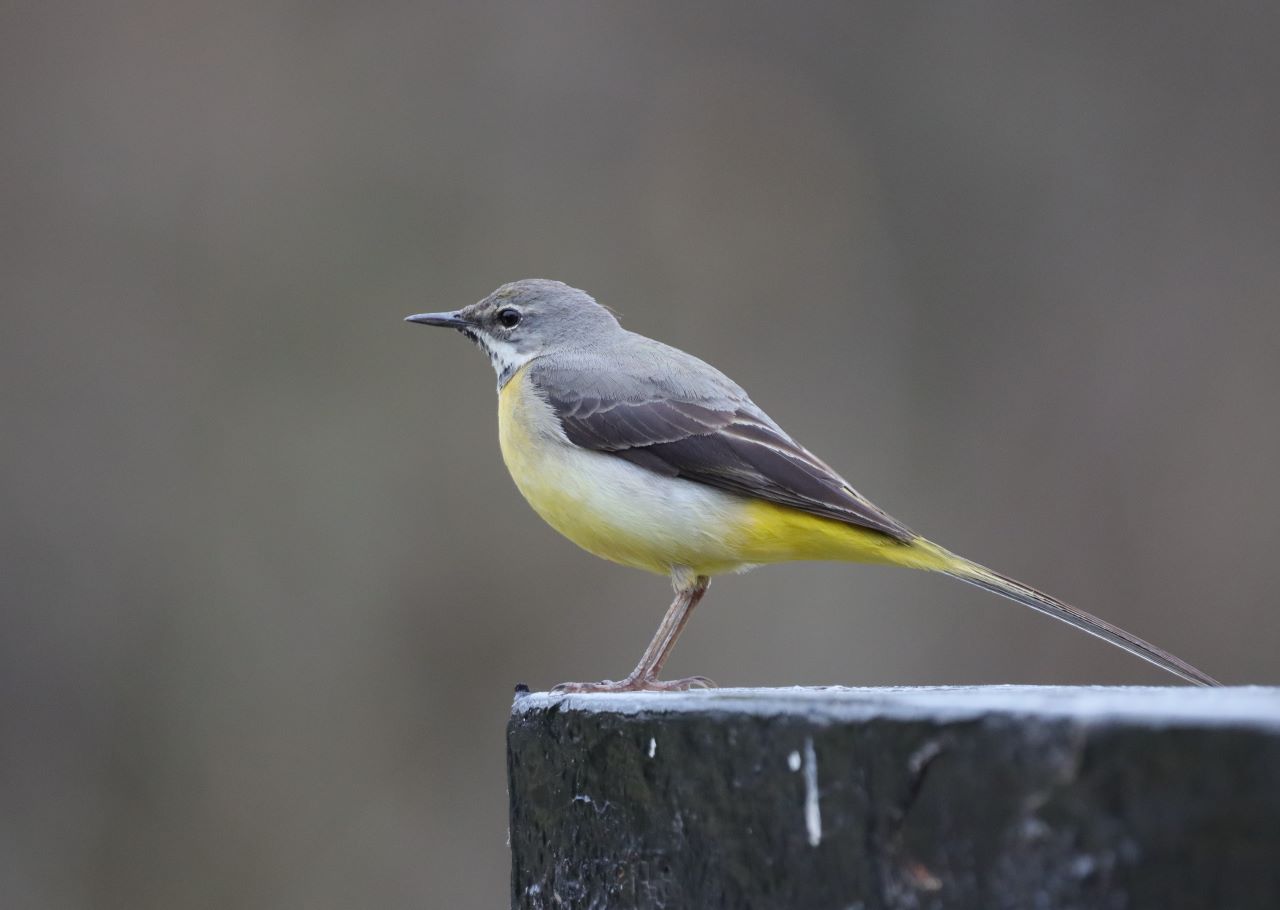
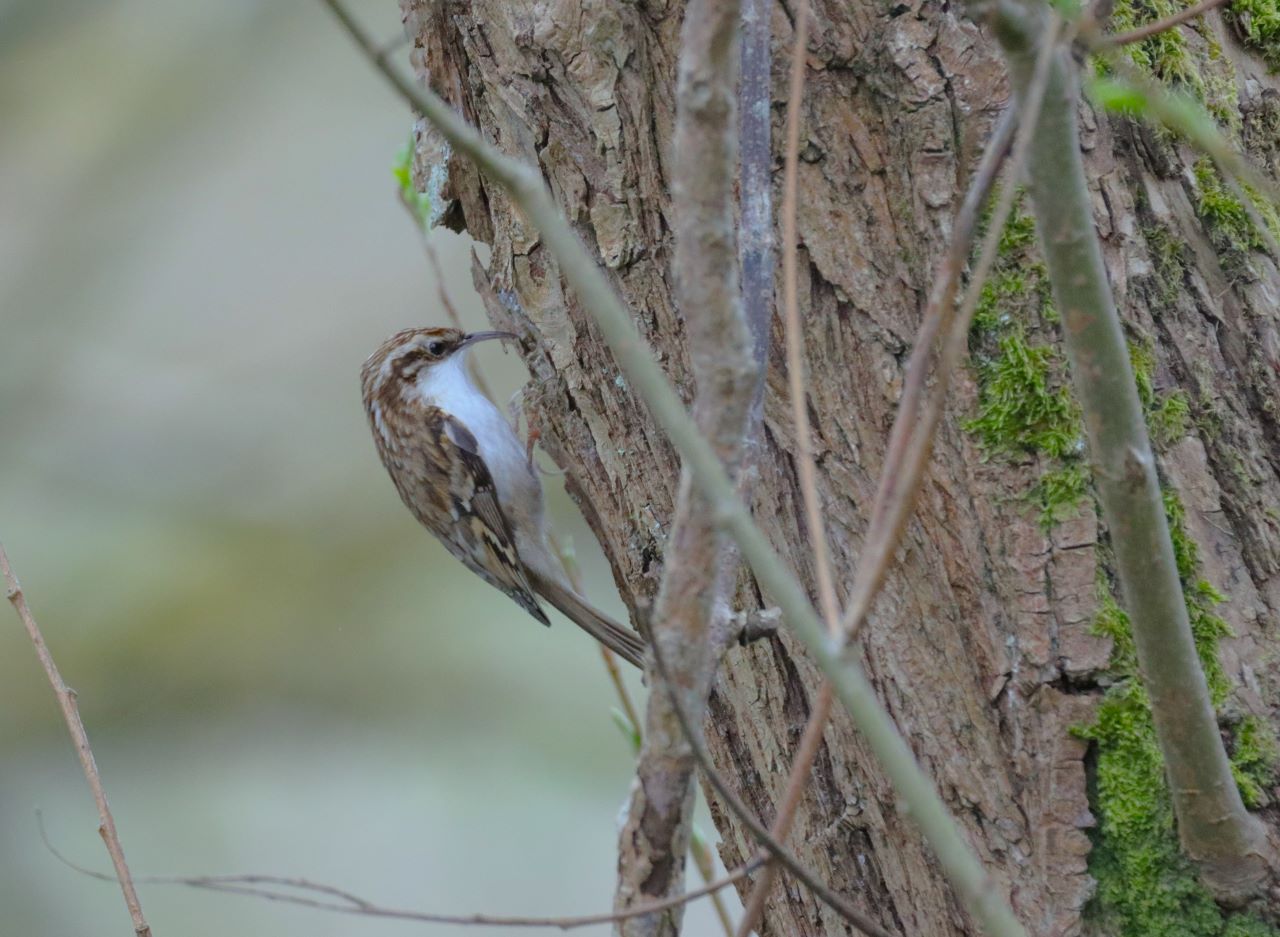
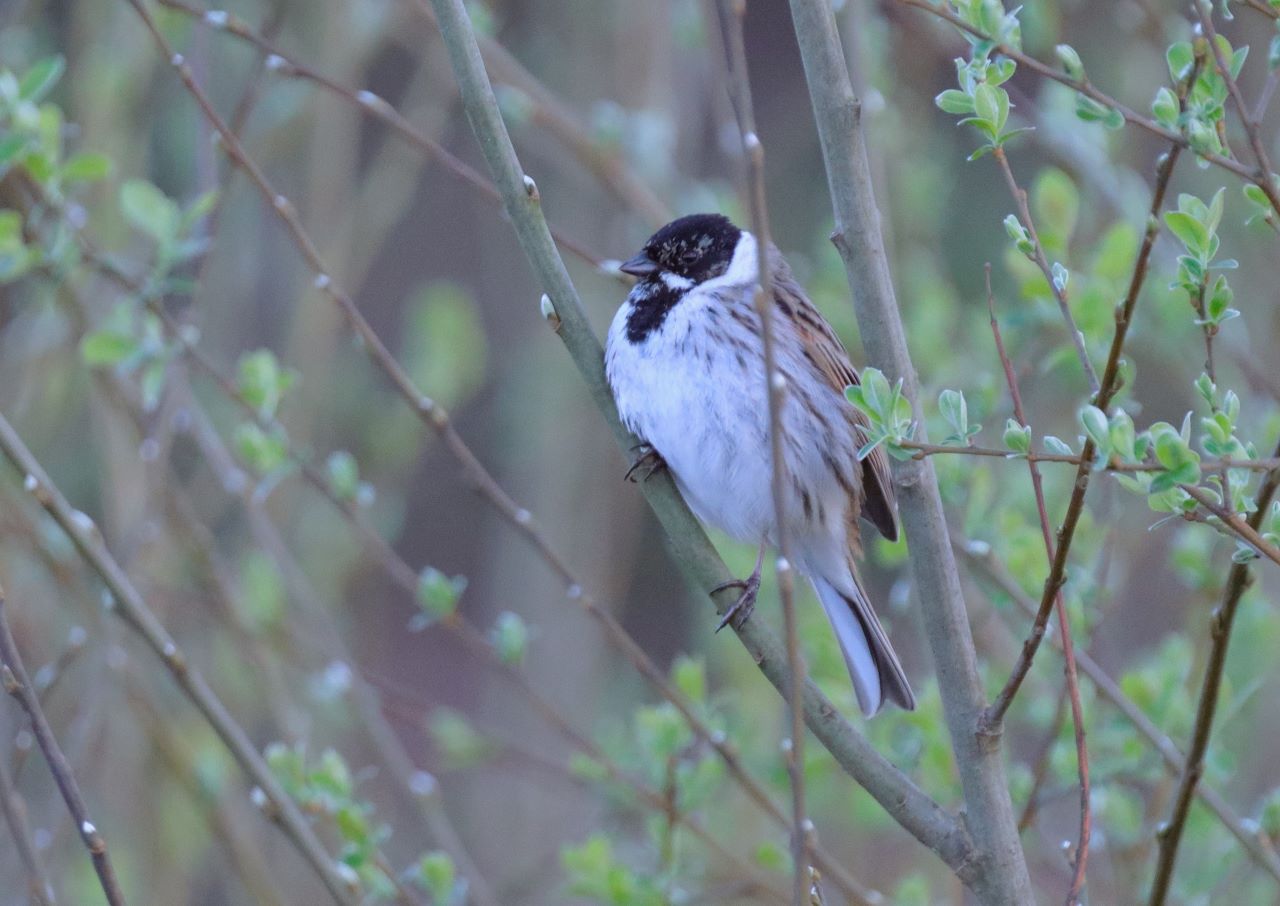

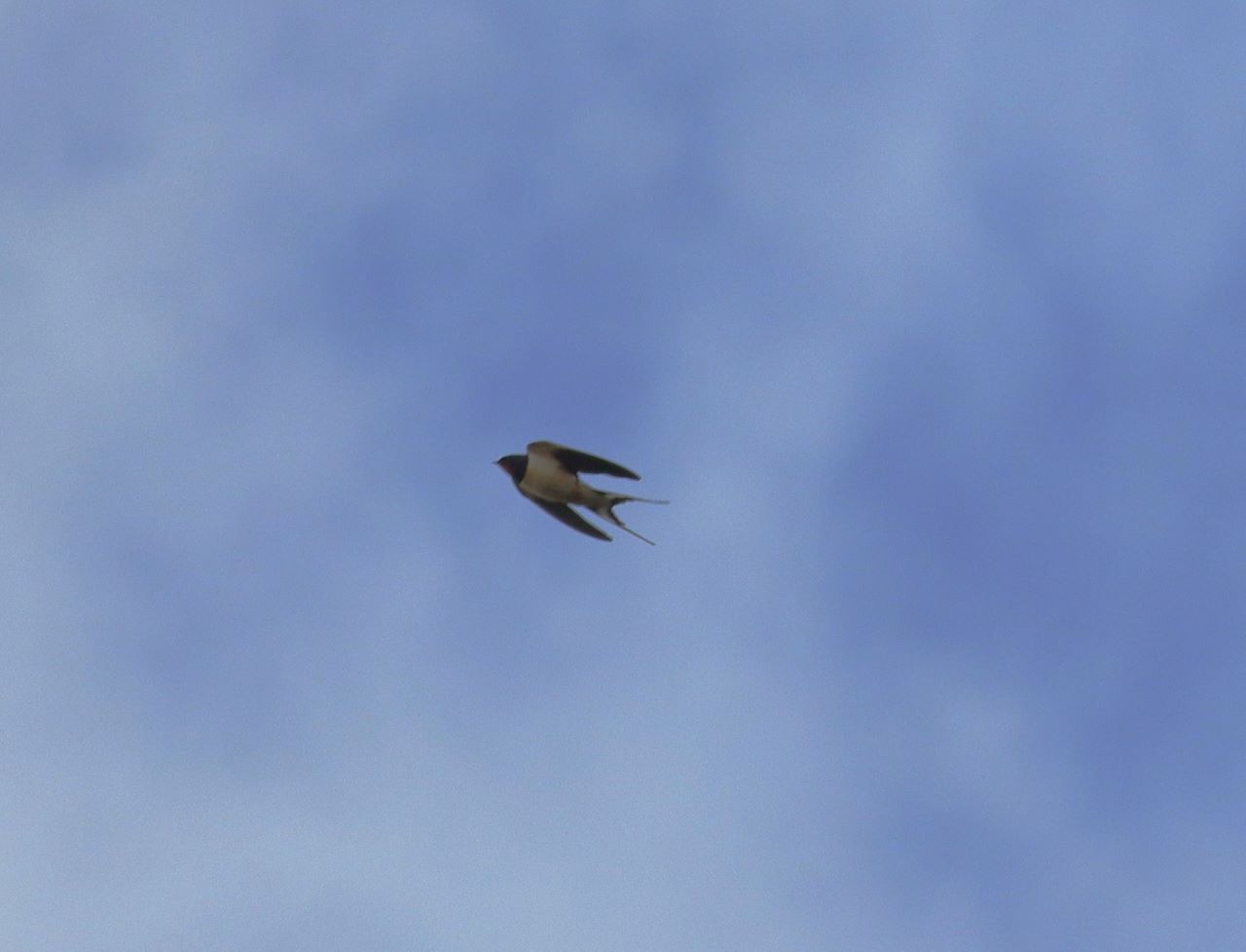
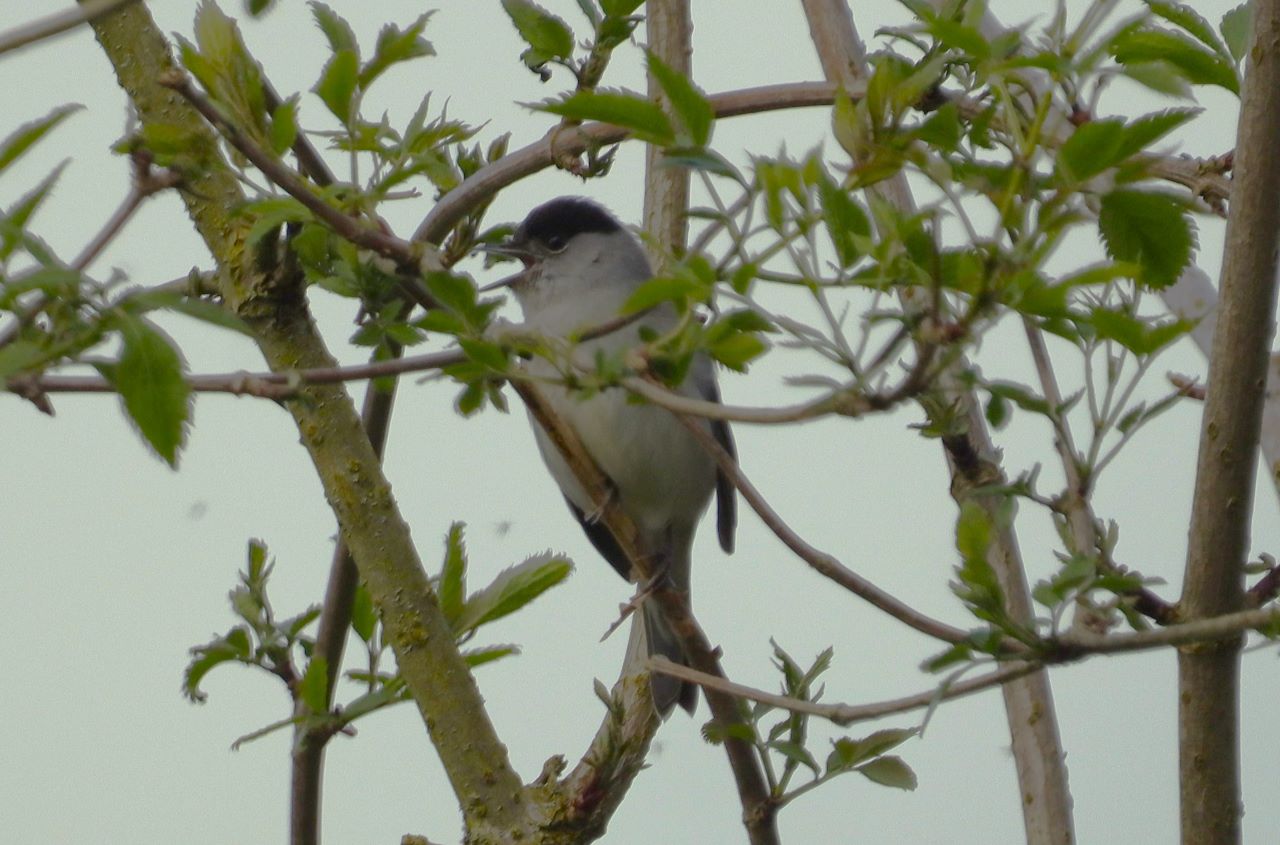






Michael Duff
April 2, 2024 at 8:47 am
This regular diary is wonderful and, if needed, a reminder of how blessed we are to experience such an incredible and beautiful array of birdlife in this part of the country. Our reporter deserves a medal!
Roy Boxall
April 2, 2024 at 11:35 am
Great photos. I didn’t know there was so many birds in our area.
Steve Simnett
April 2, 2024 at 3:25 pm
Well done to Malcolm Fincham and thank you for the mention…
“Later attempts of re-finding it were proving negative, as her husband Martin Kettell, and another fellow birdwatcher ‘Weevie’ (Steve Simnett) extensively searched the surrounding areas. Eventually they found it! ”
(Cheque is in the post. 😅)